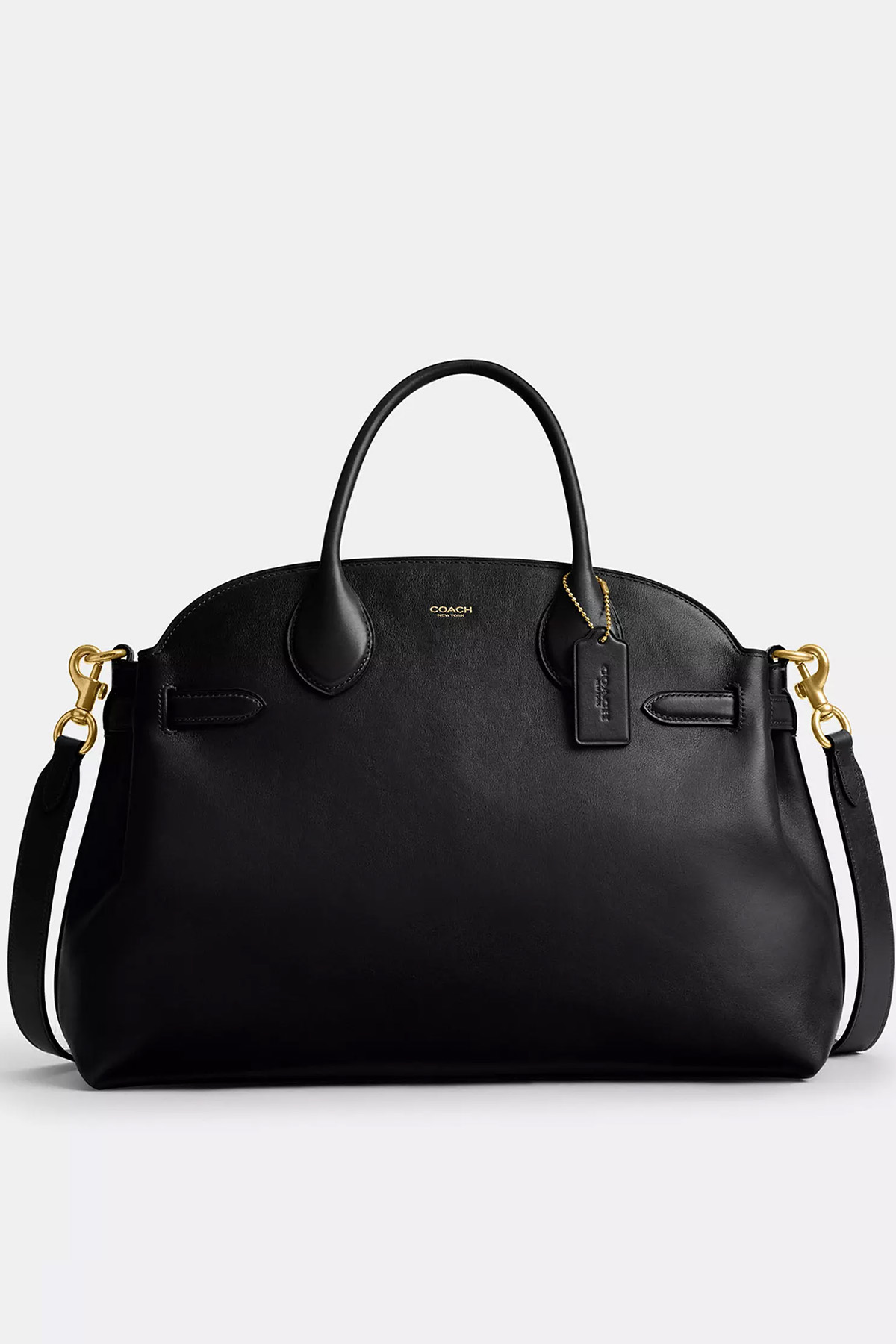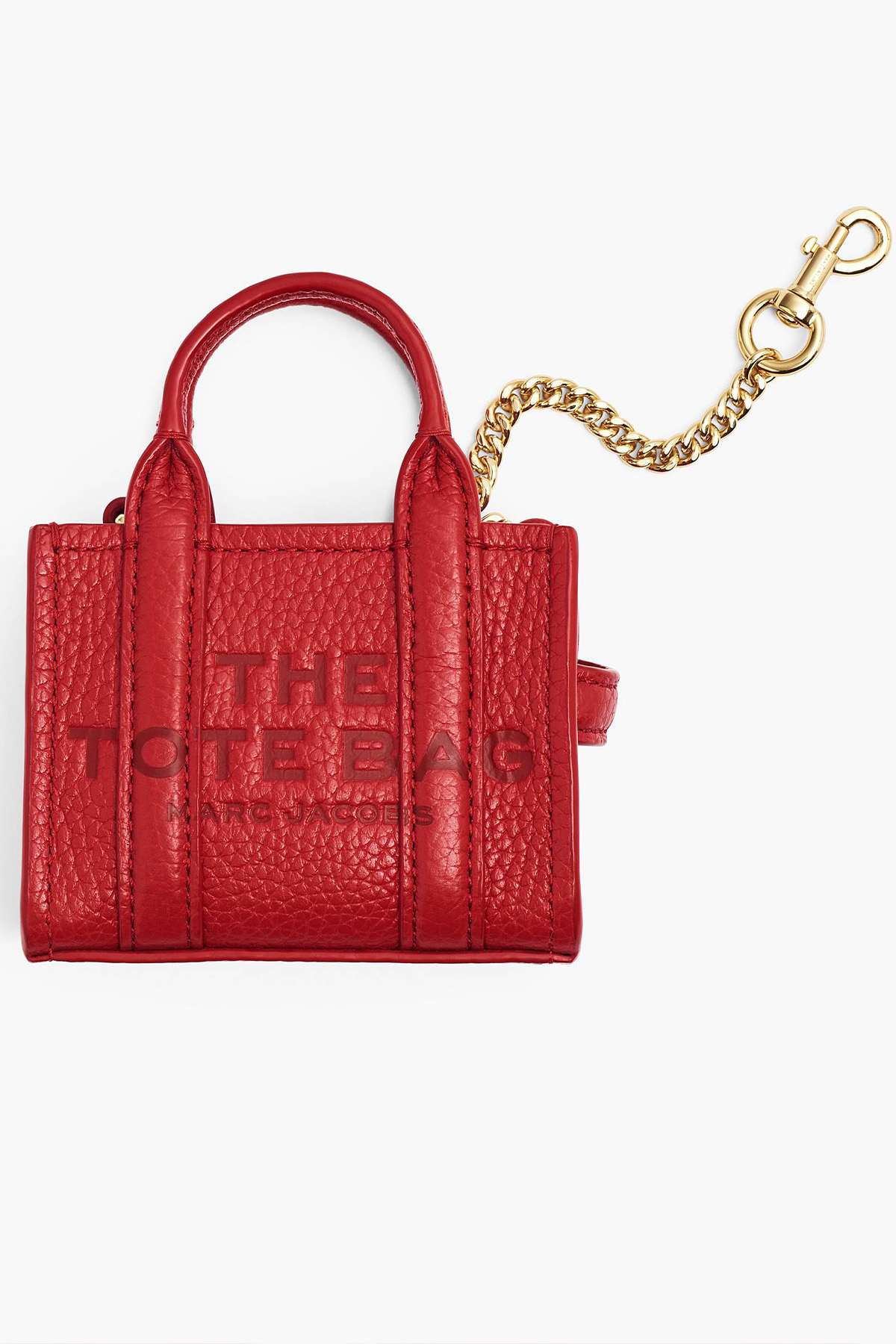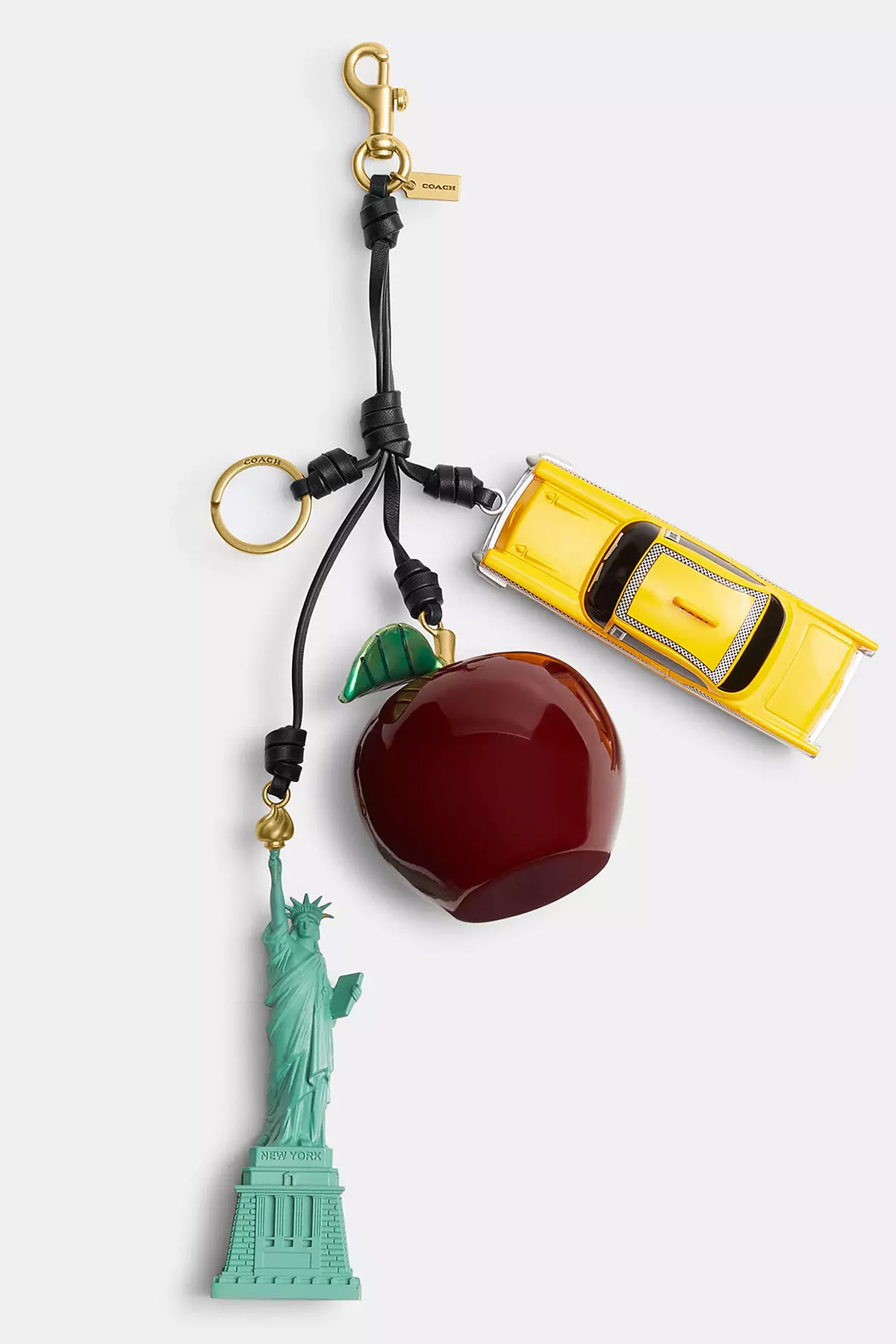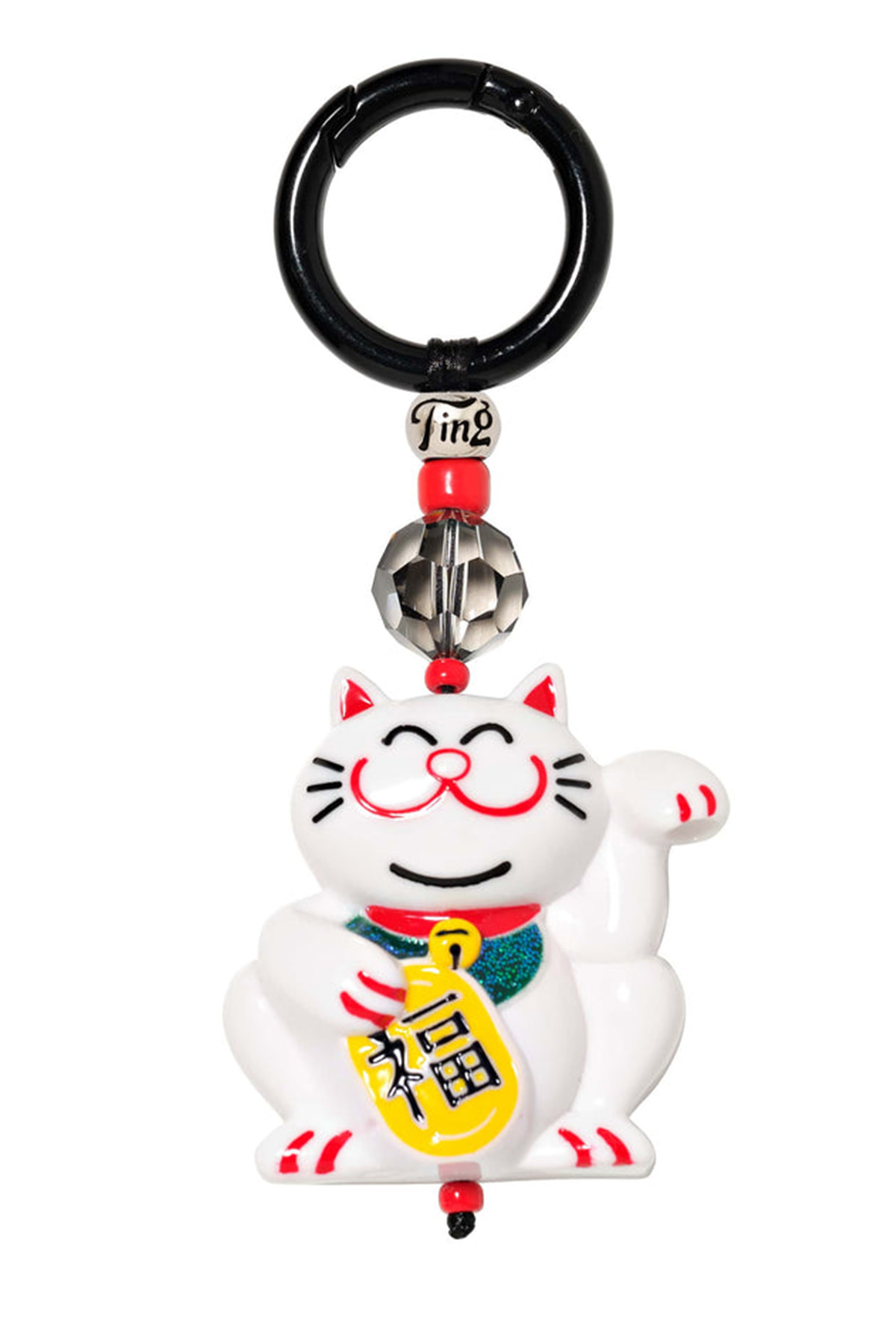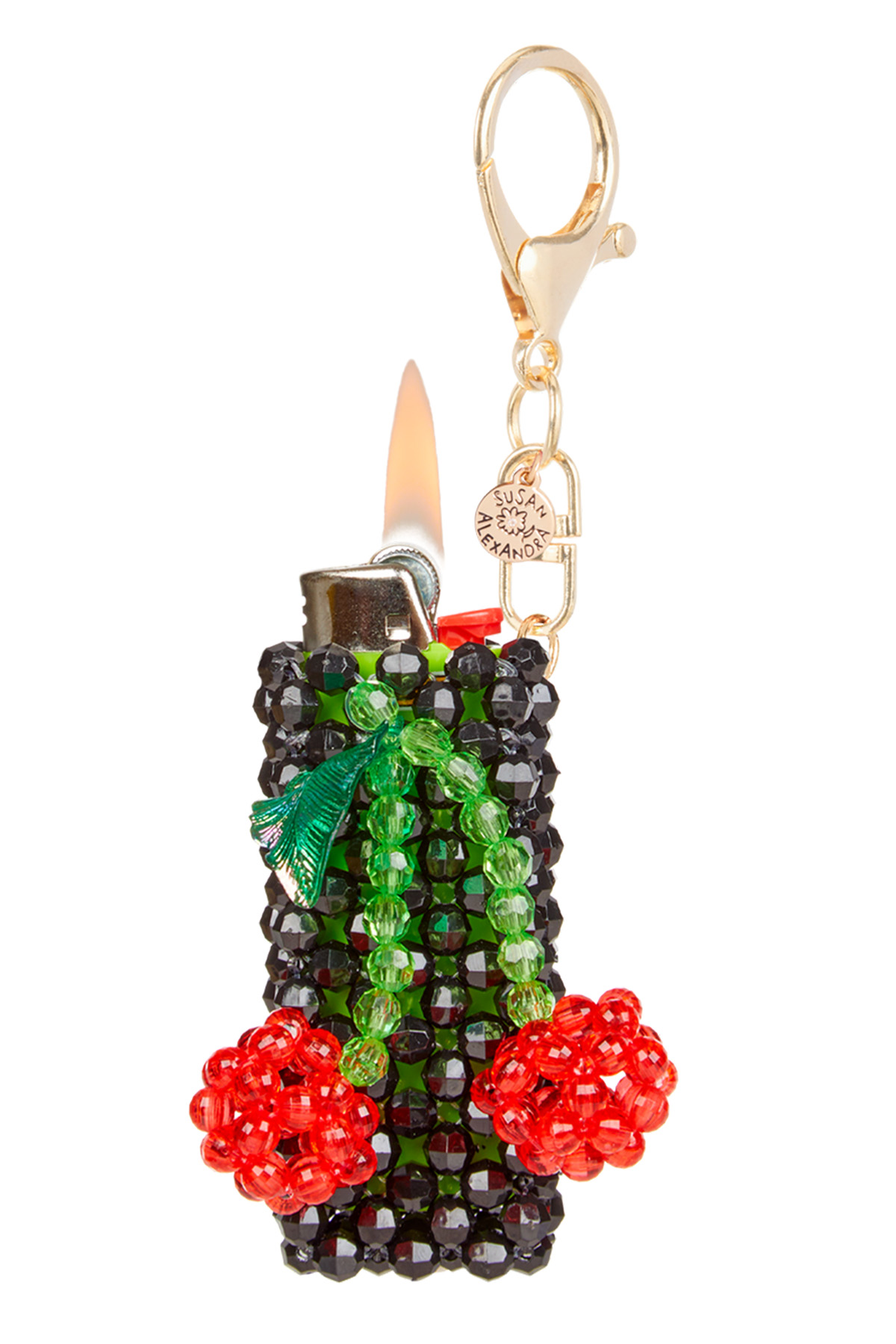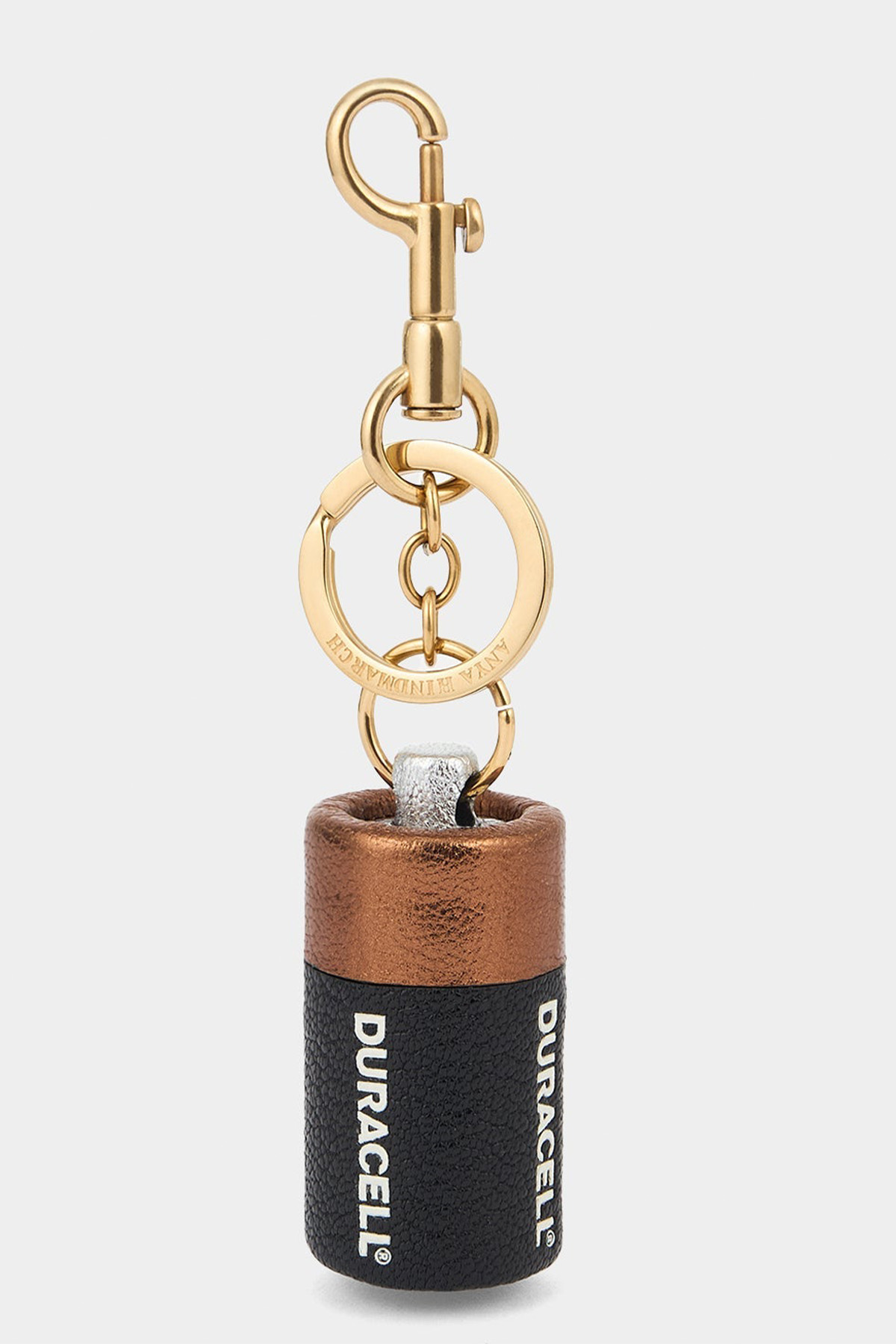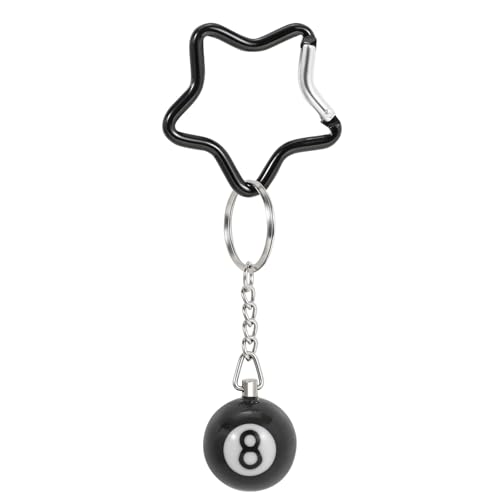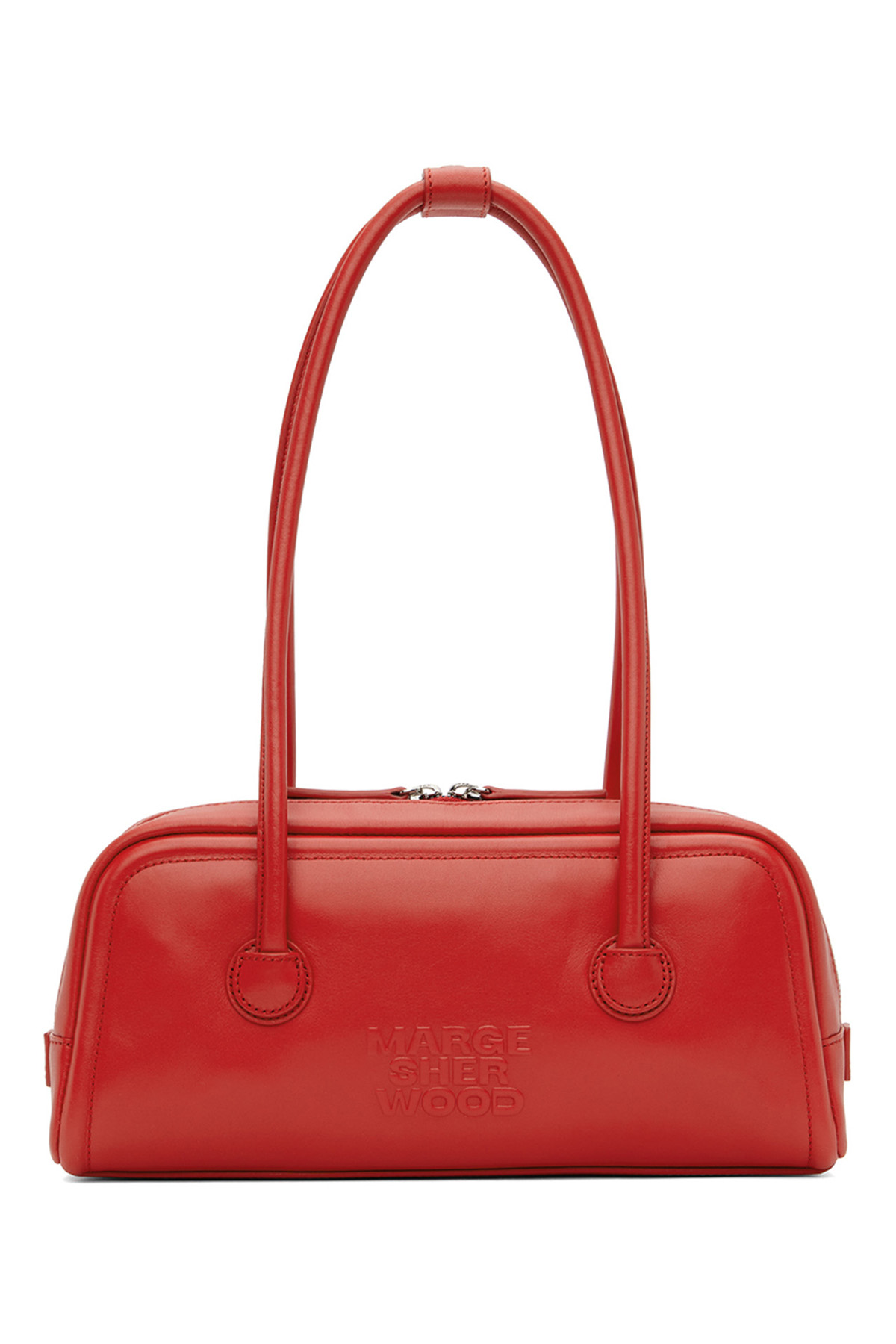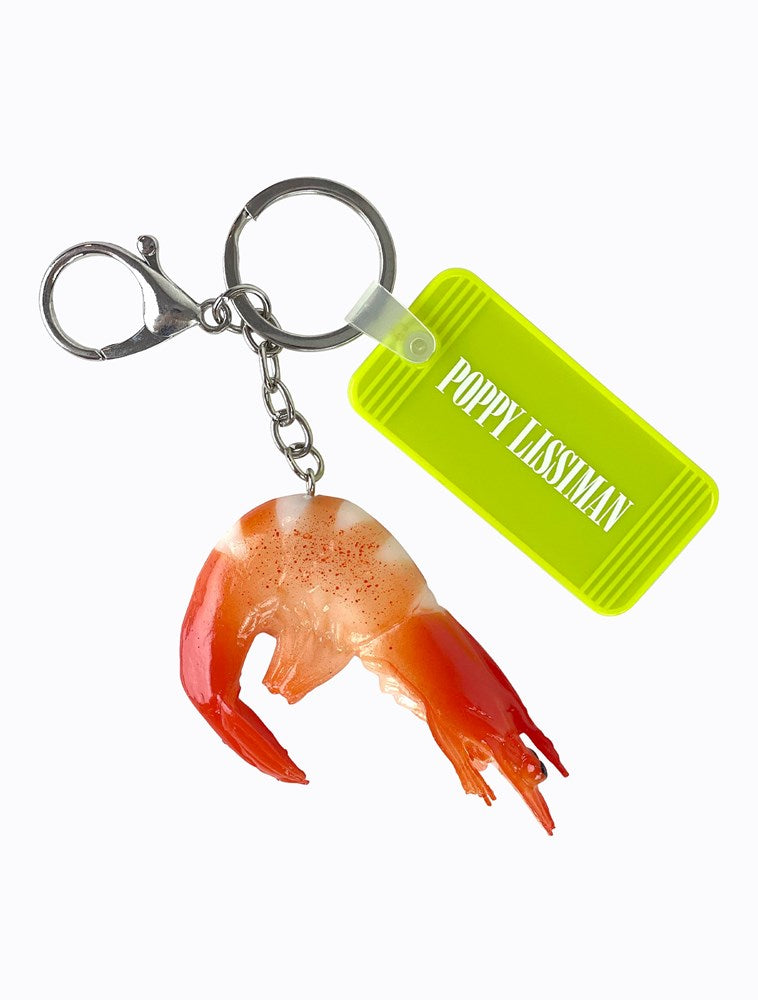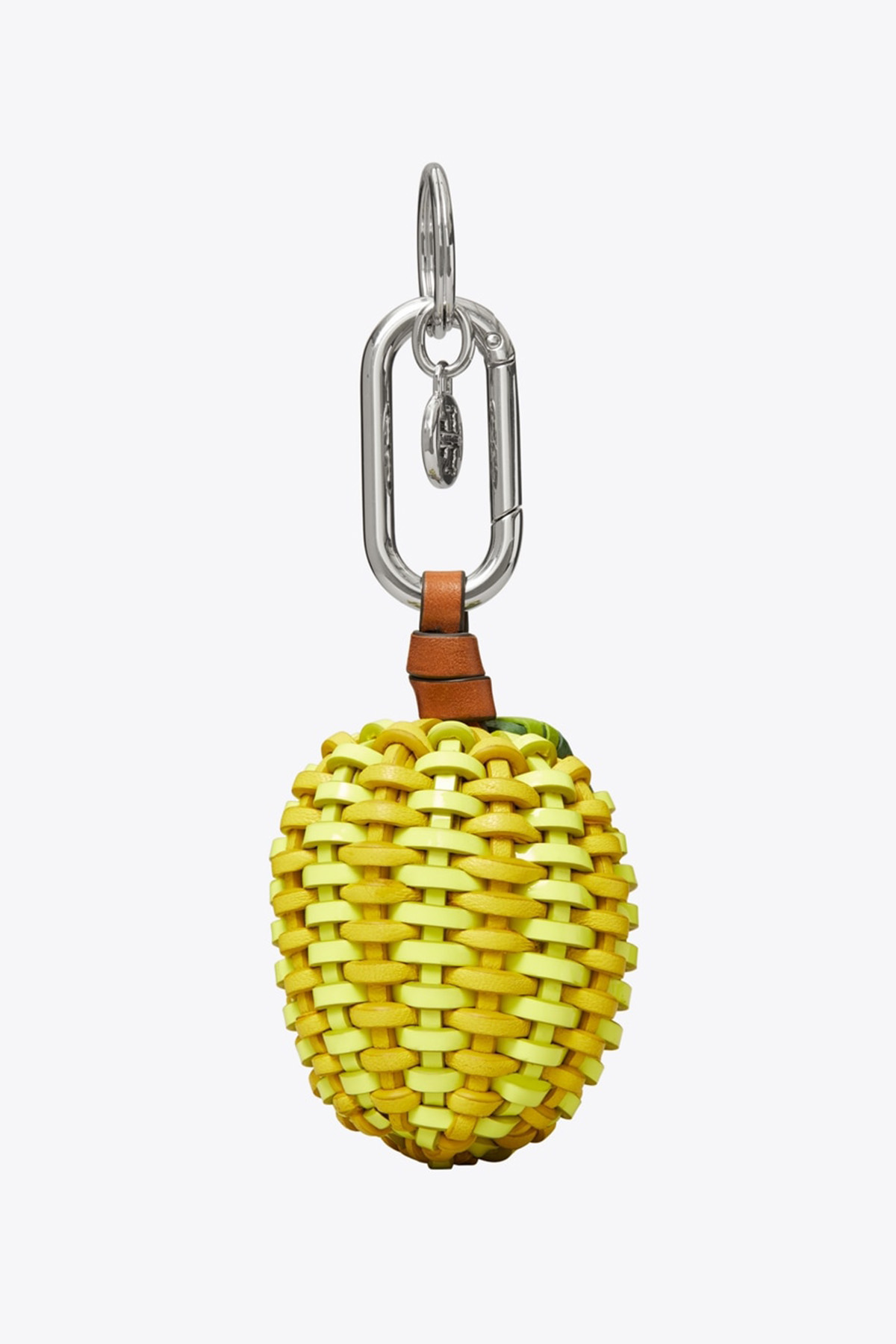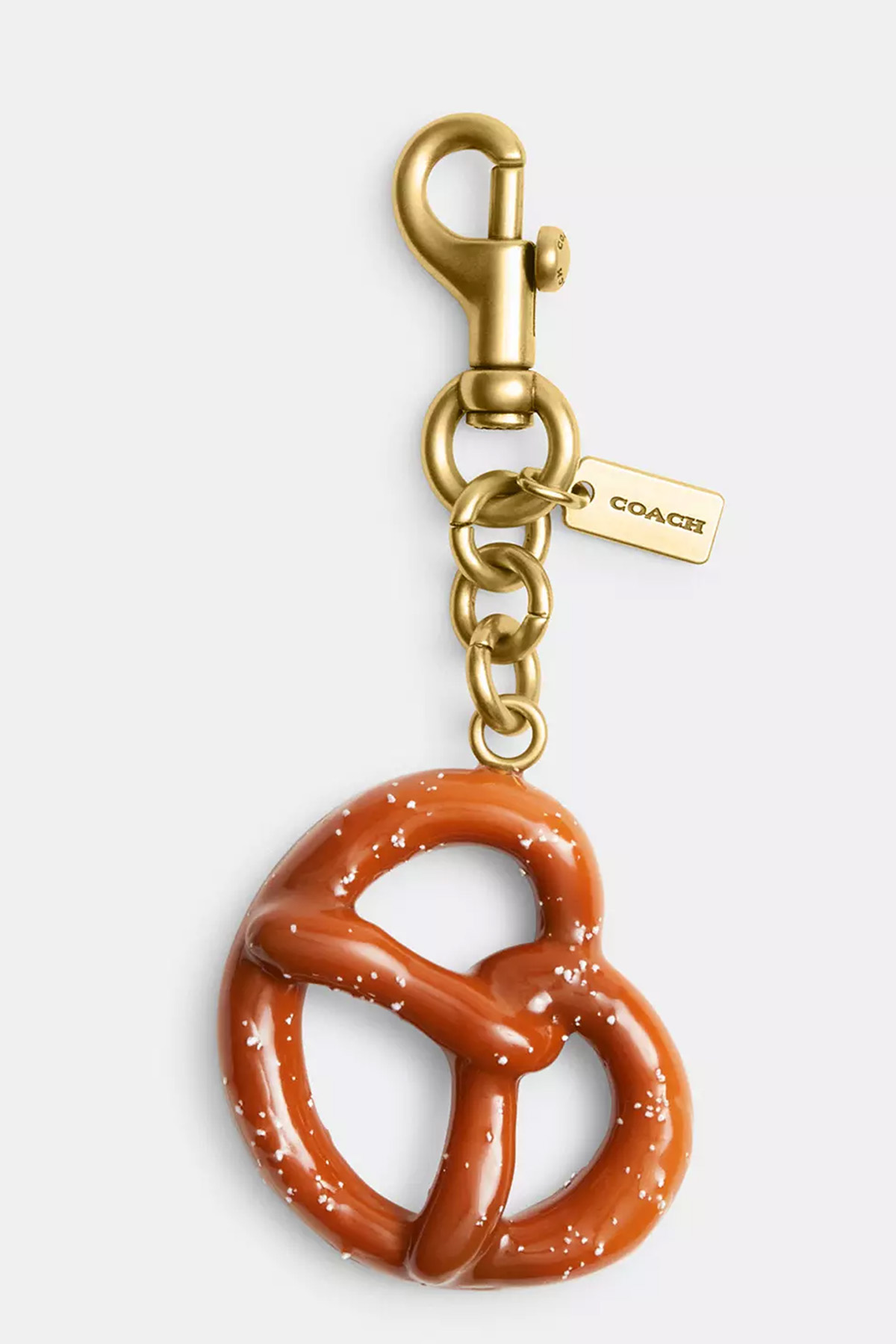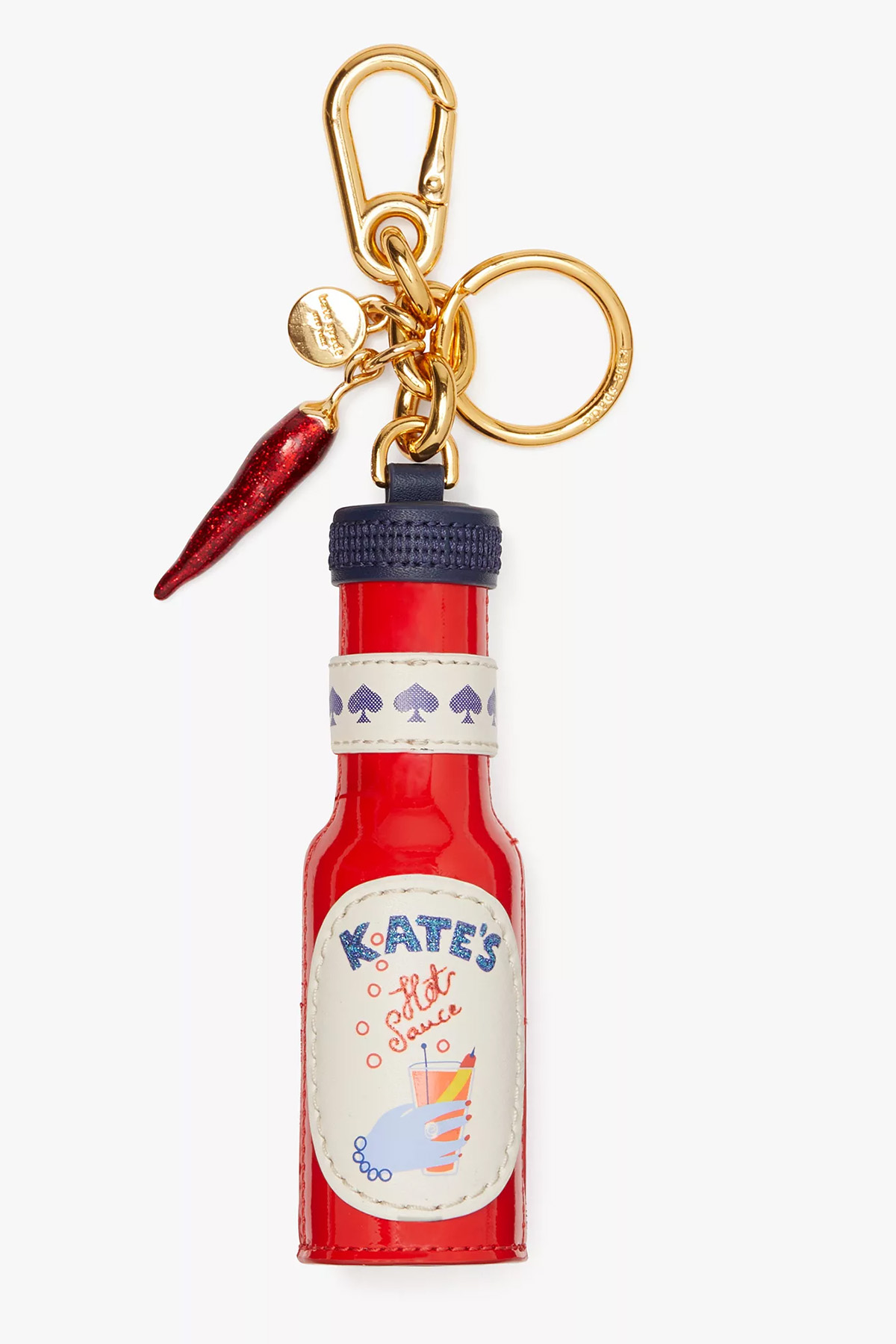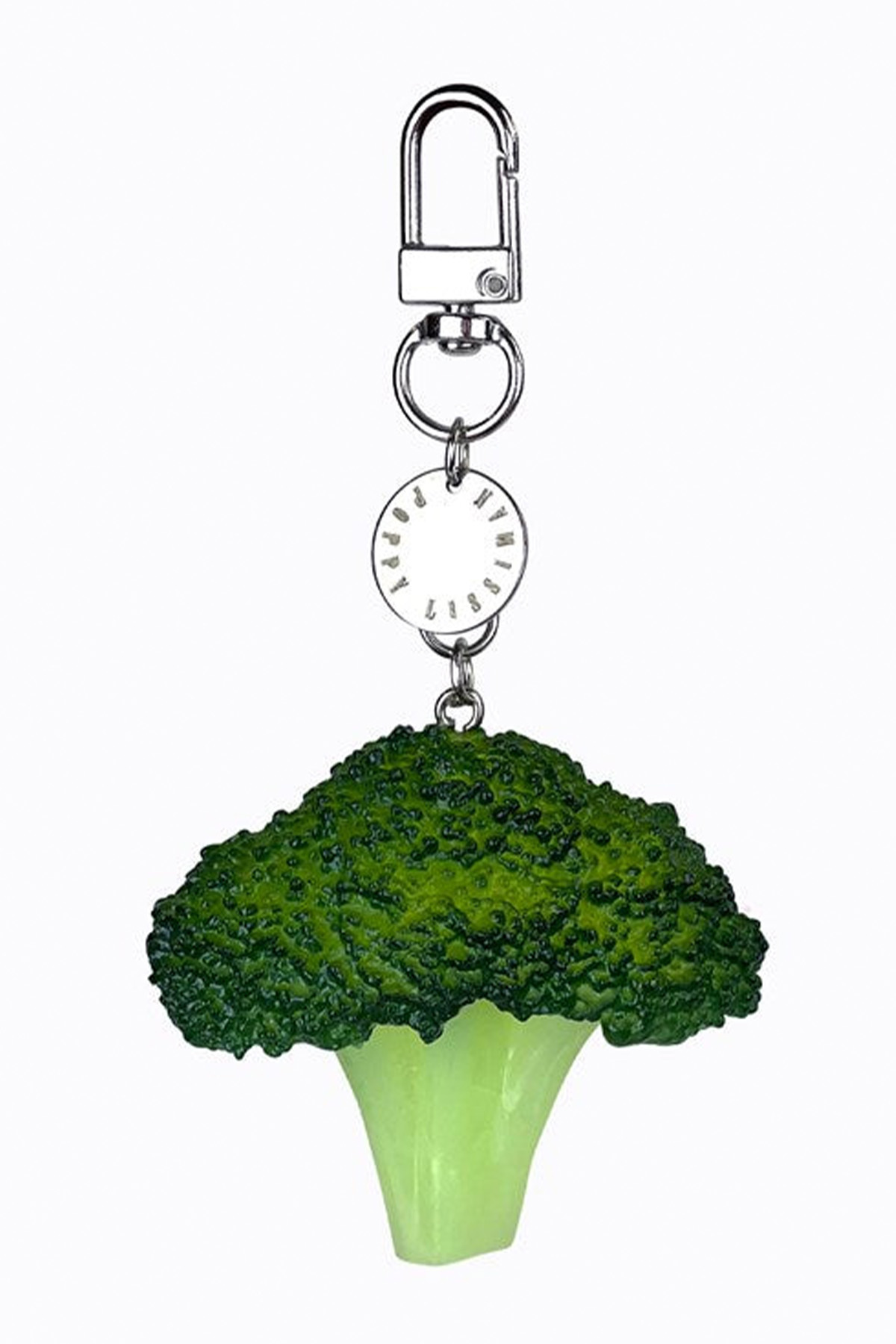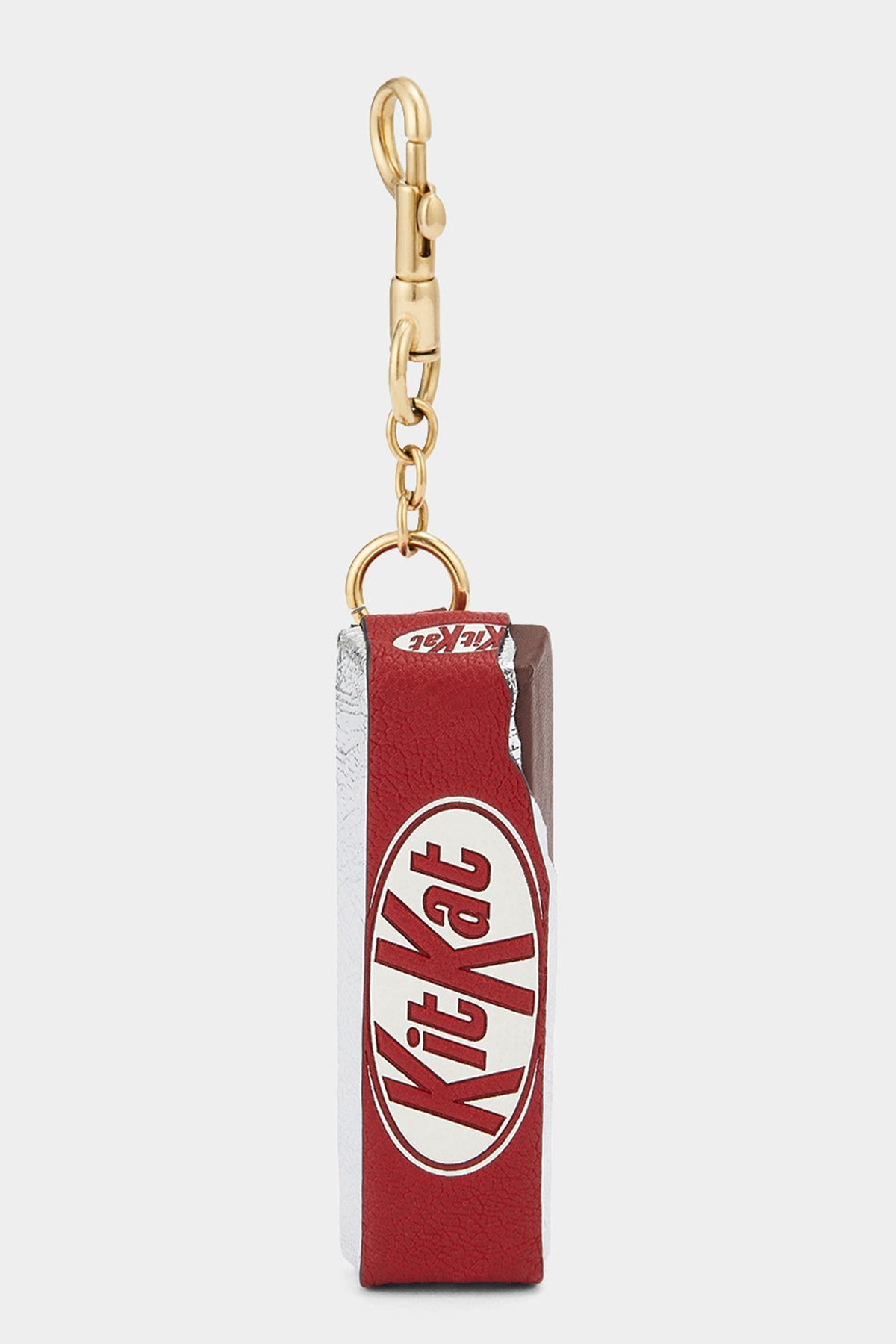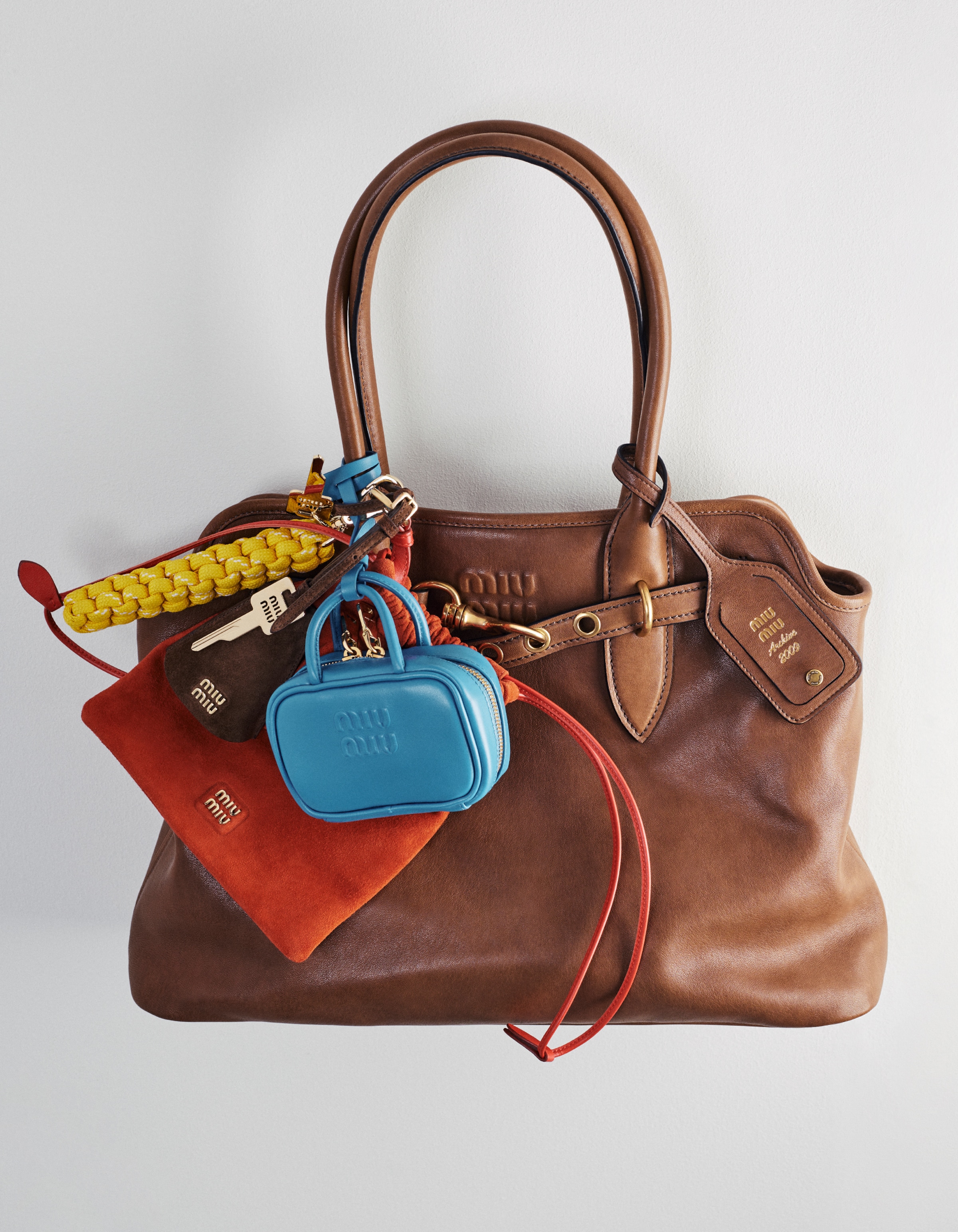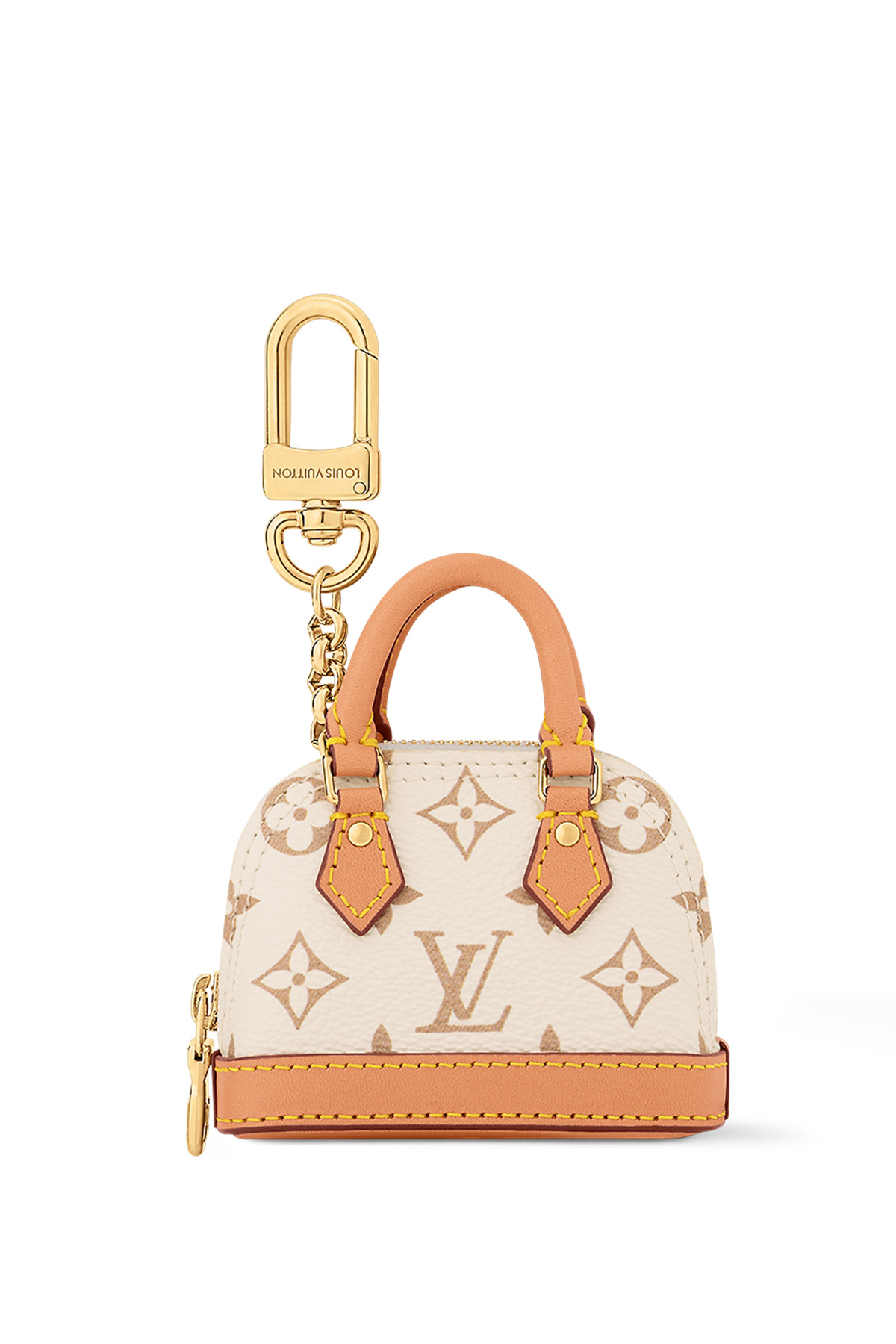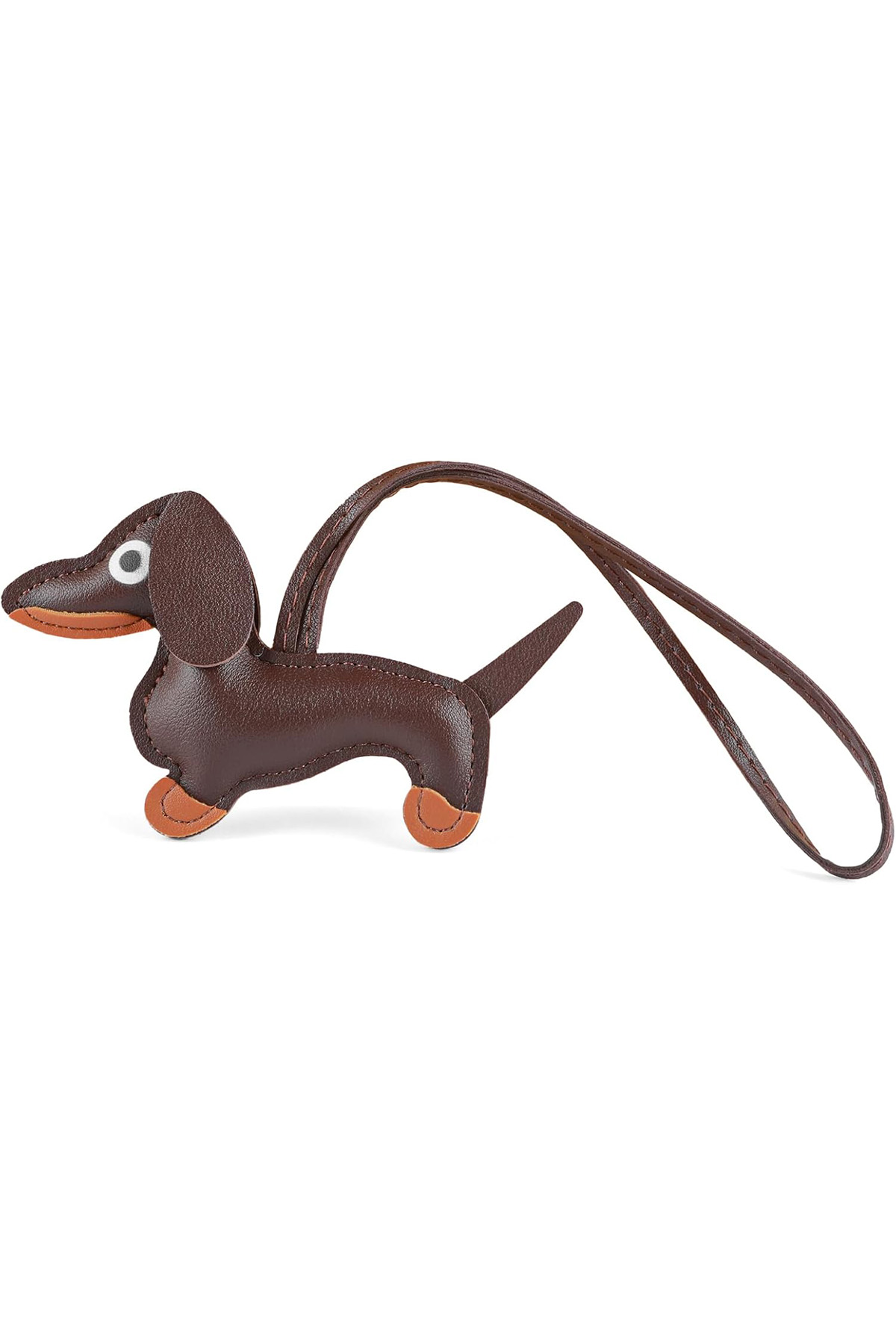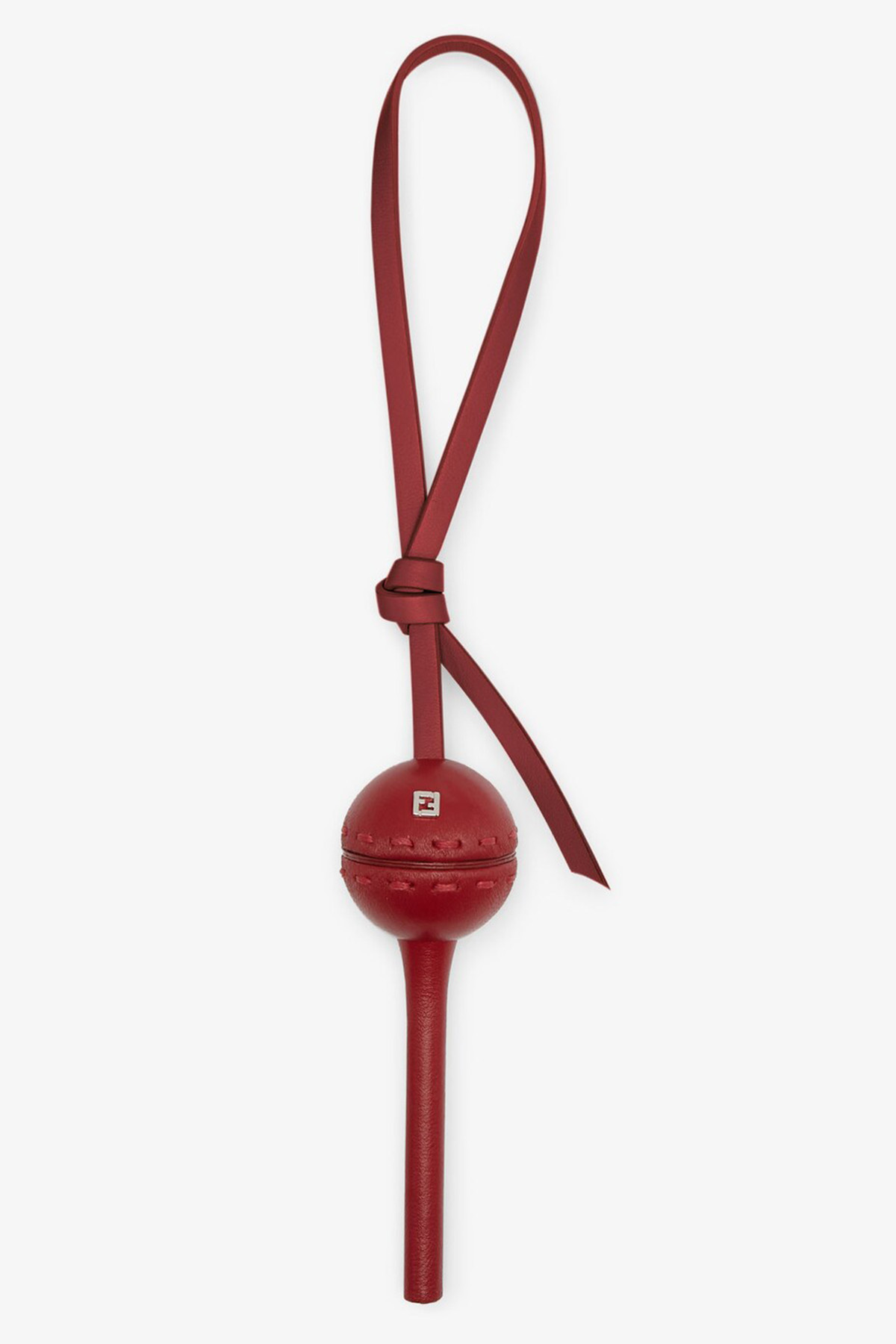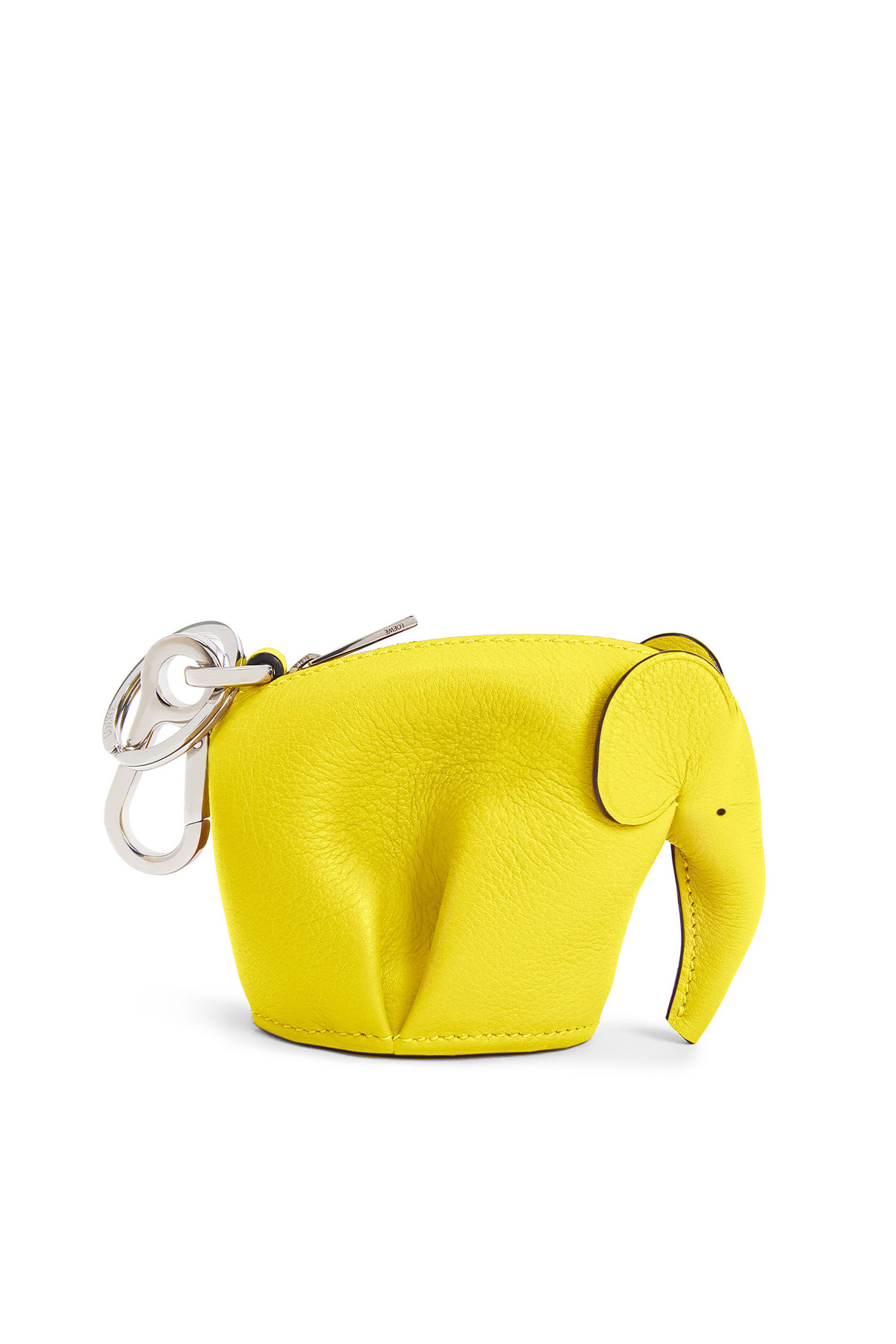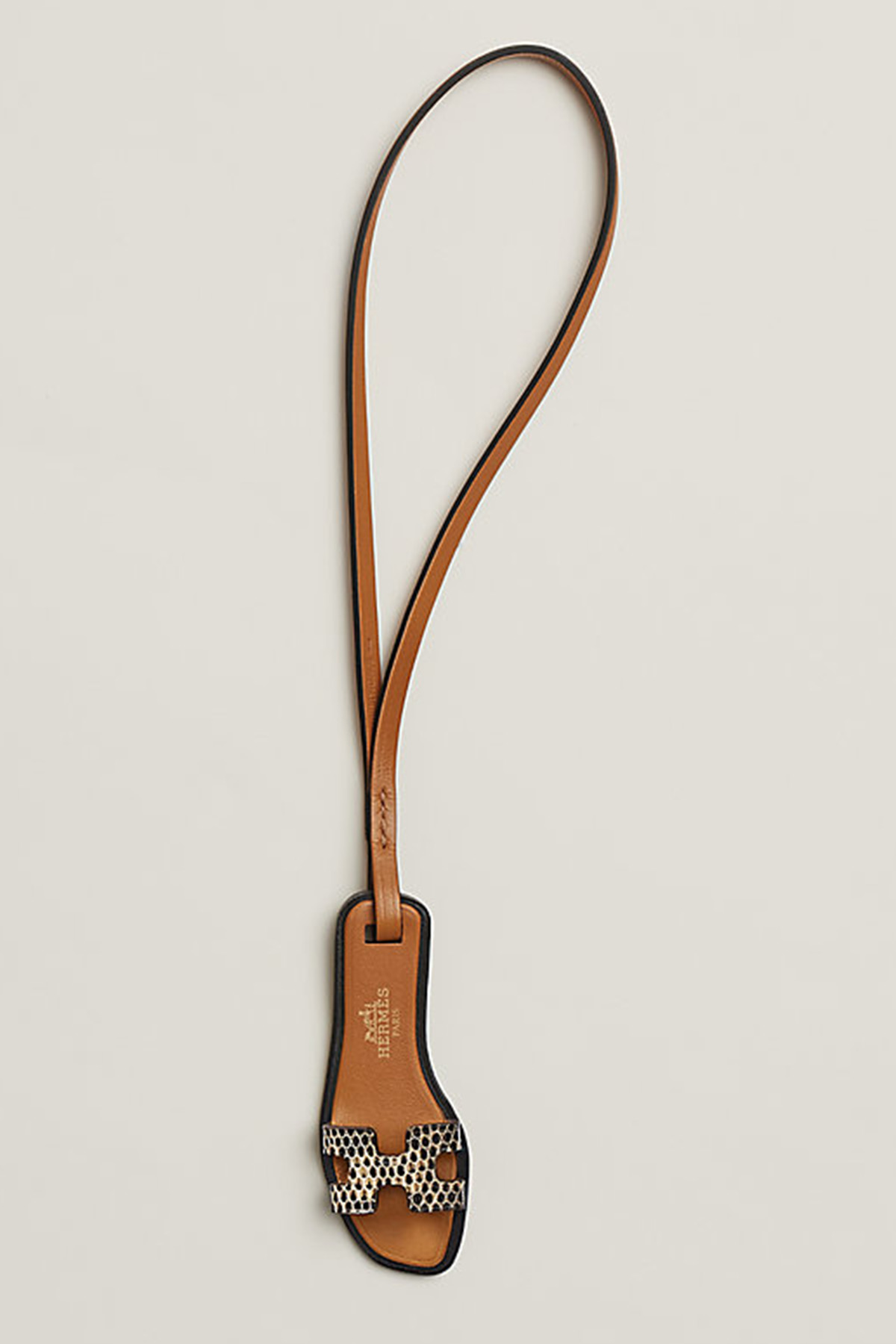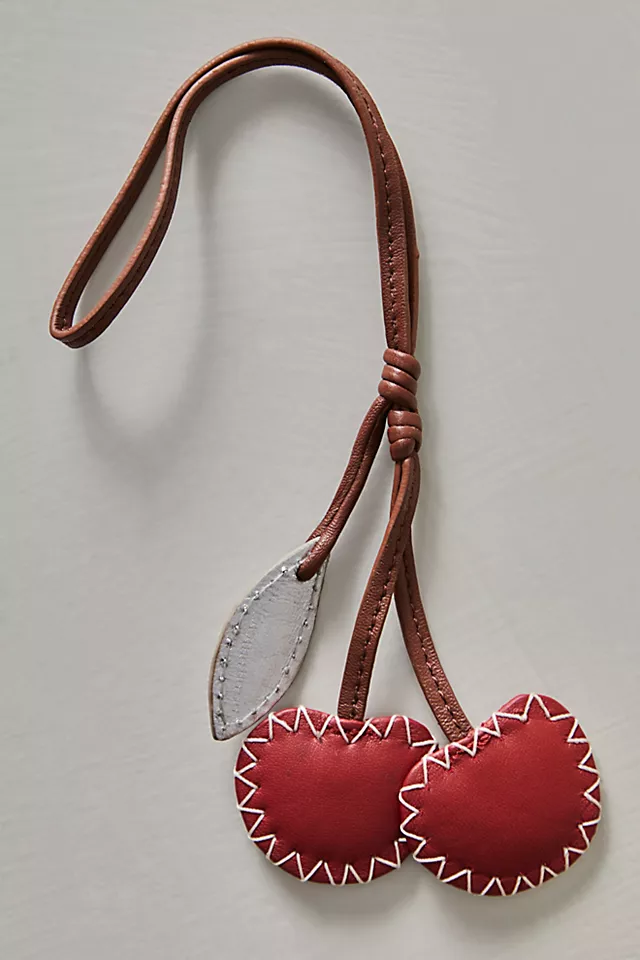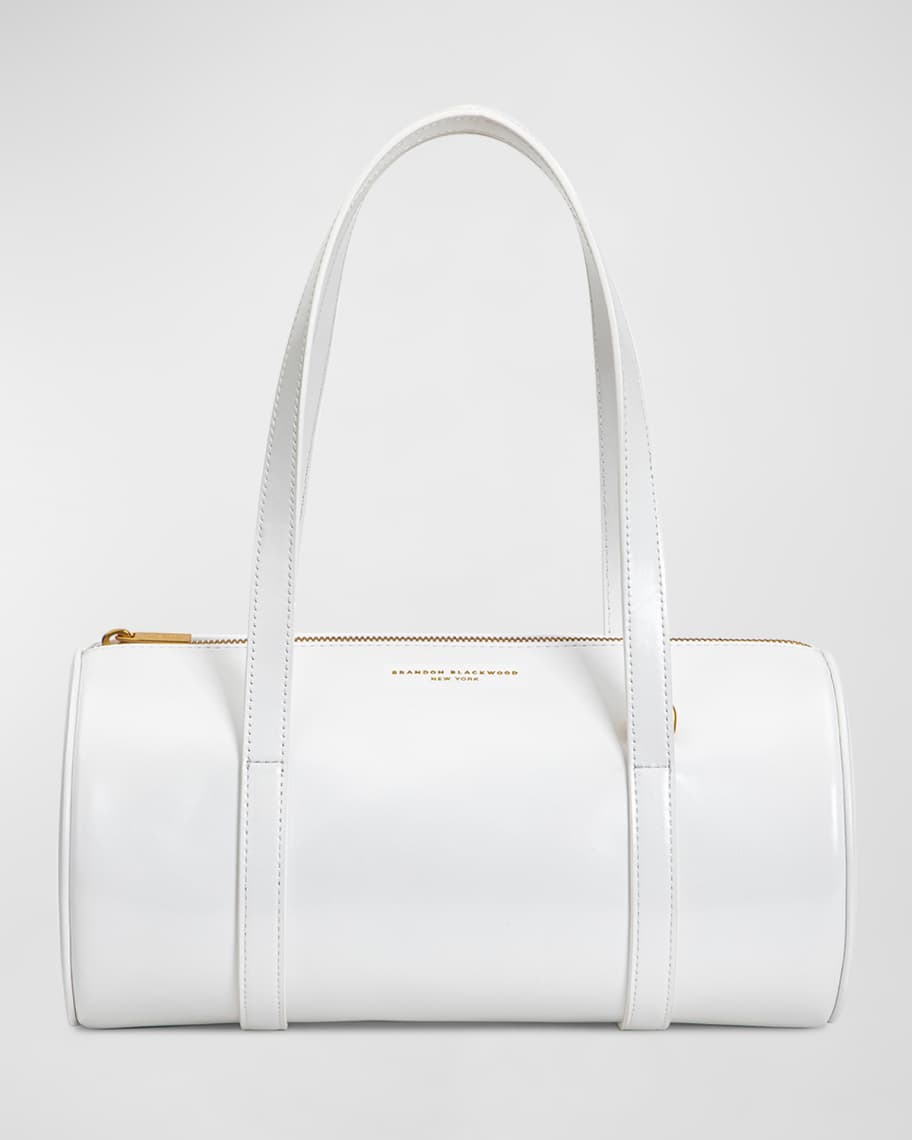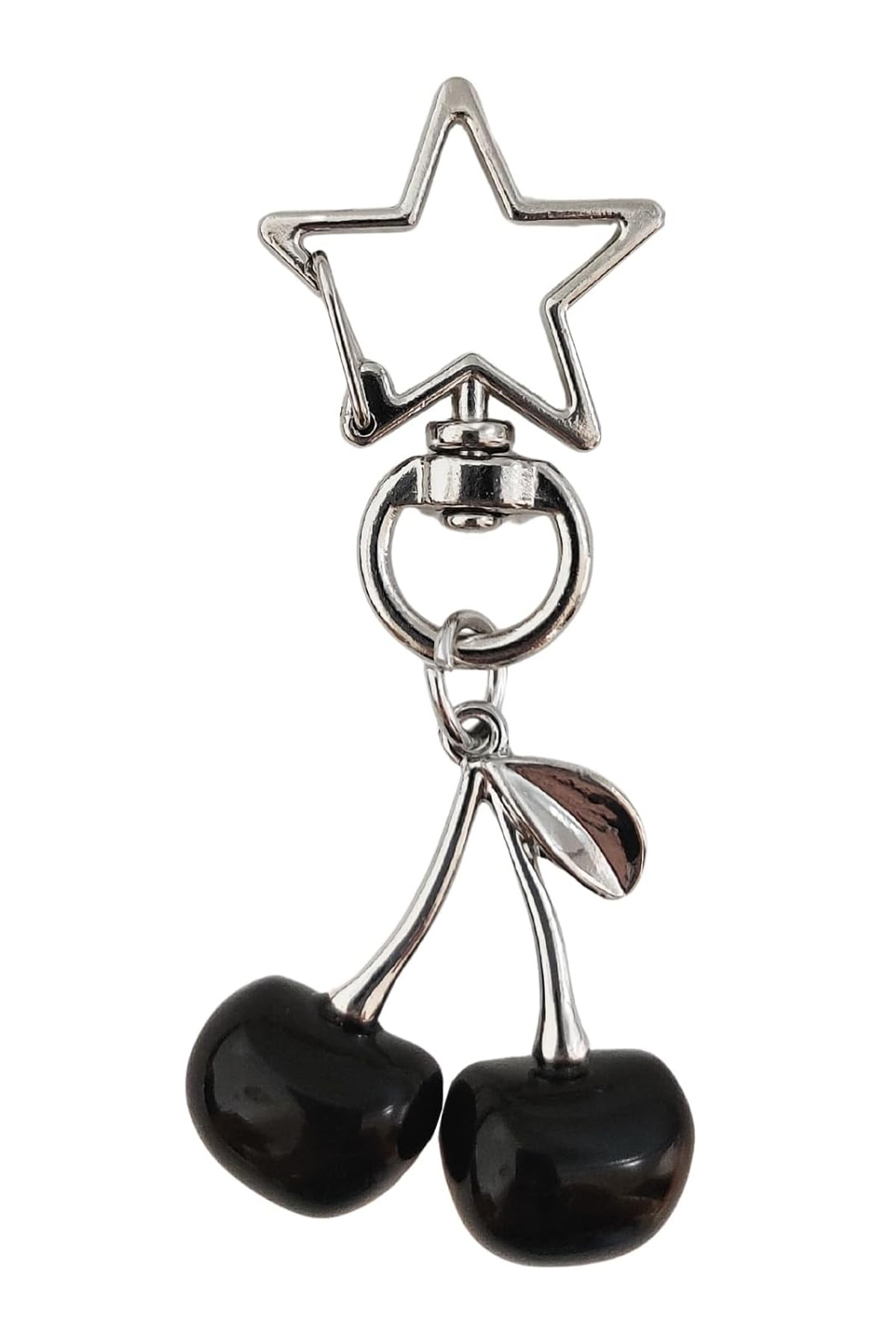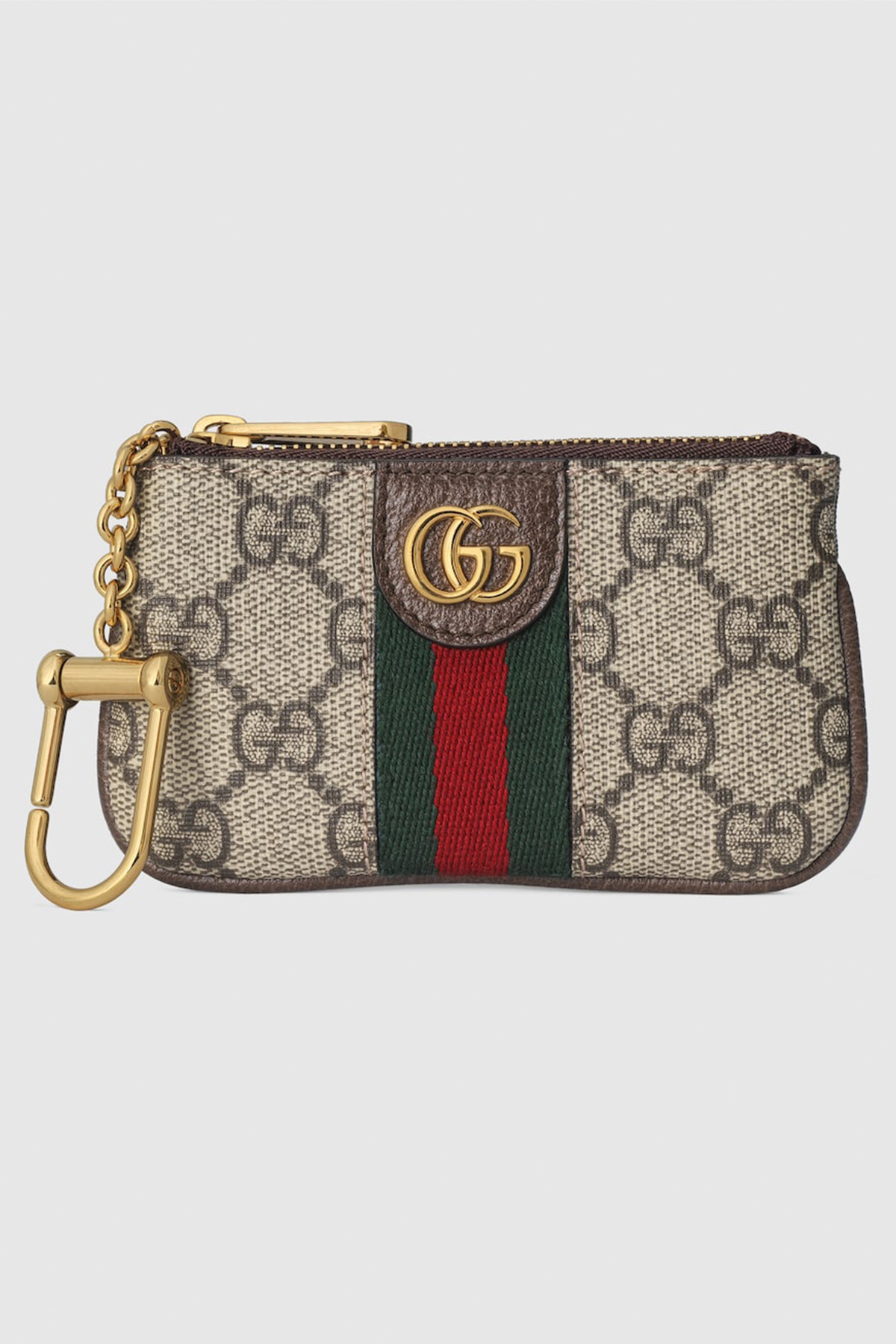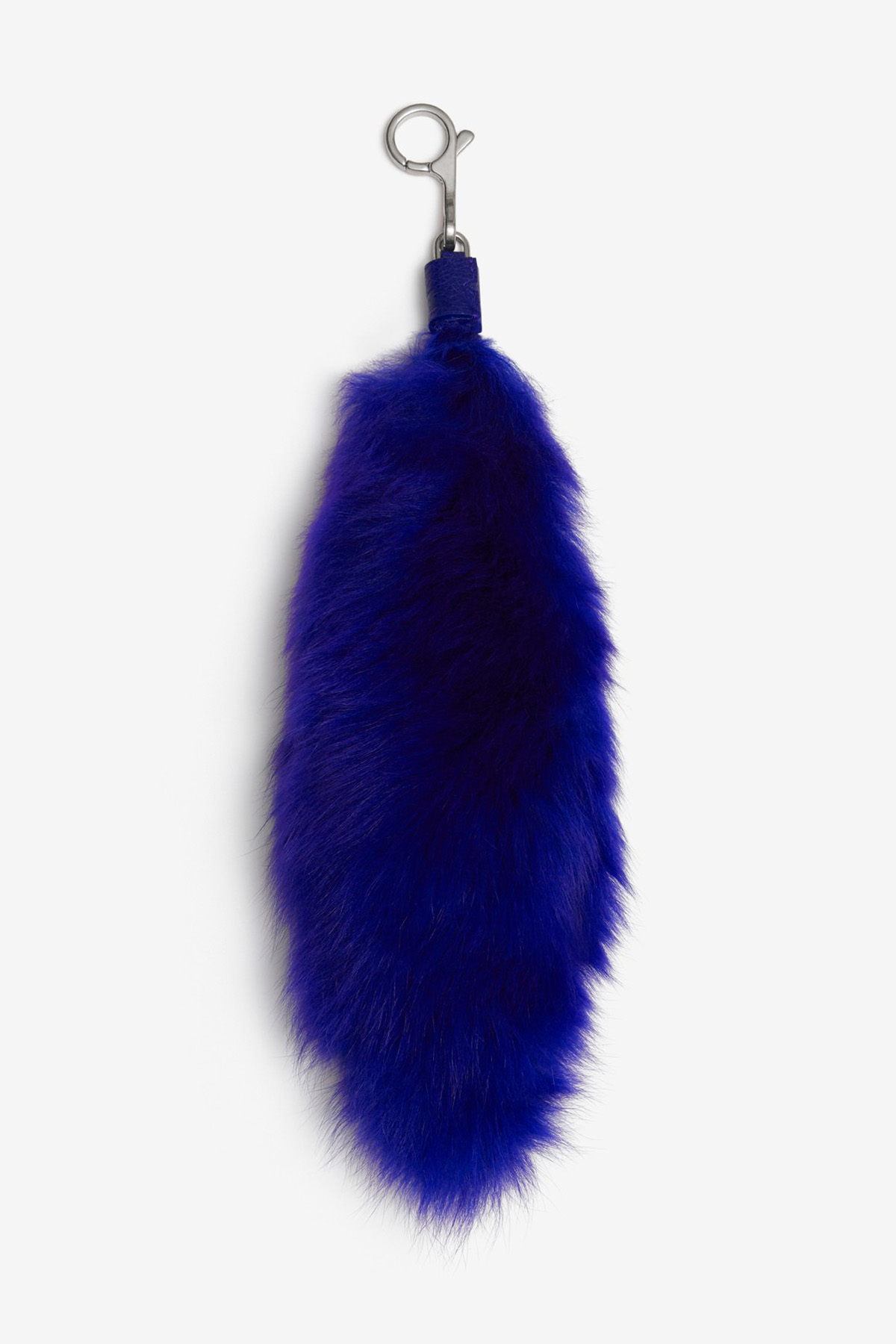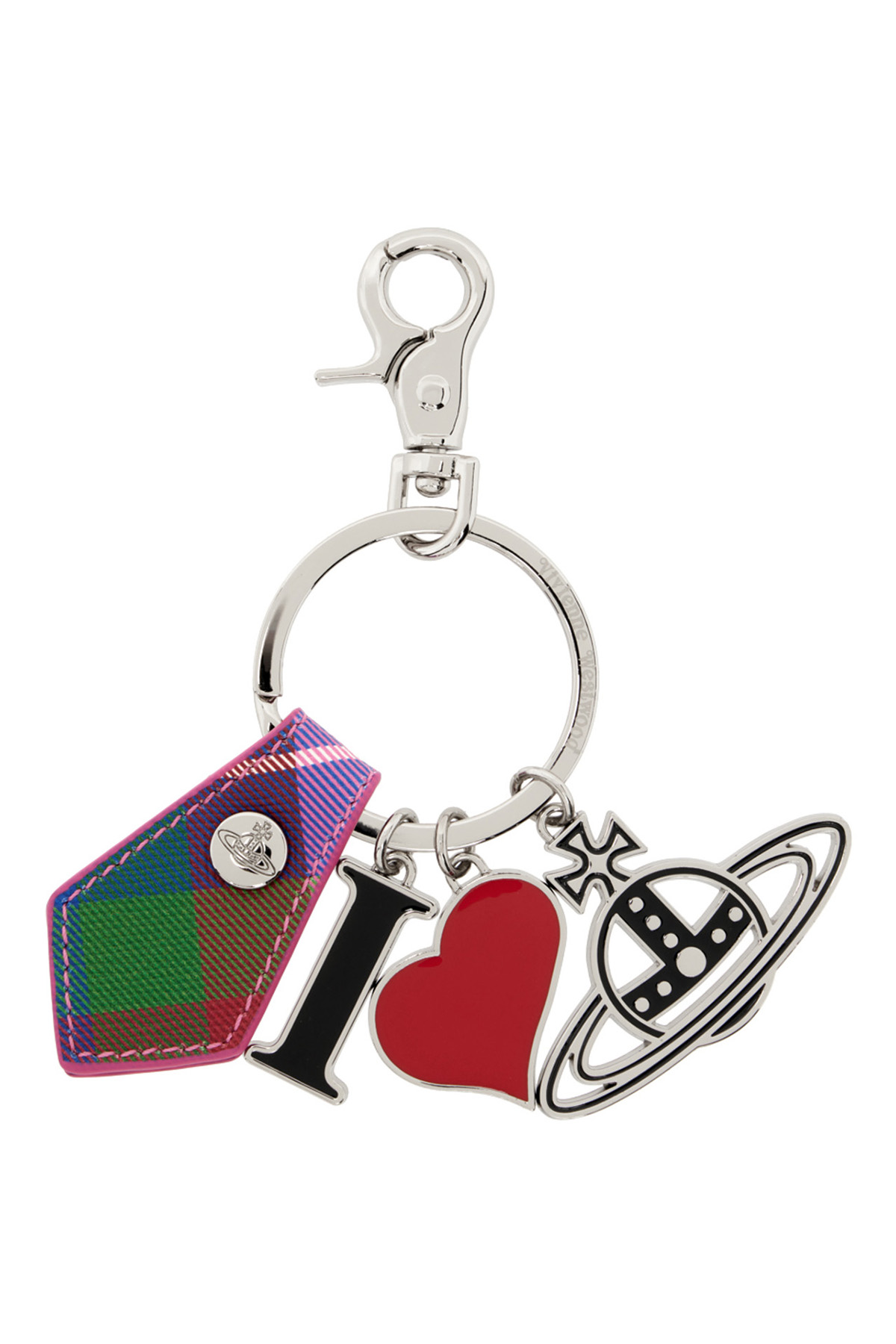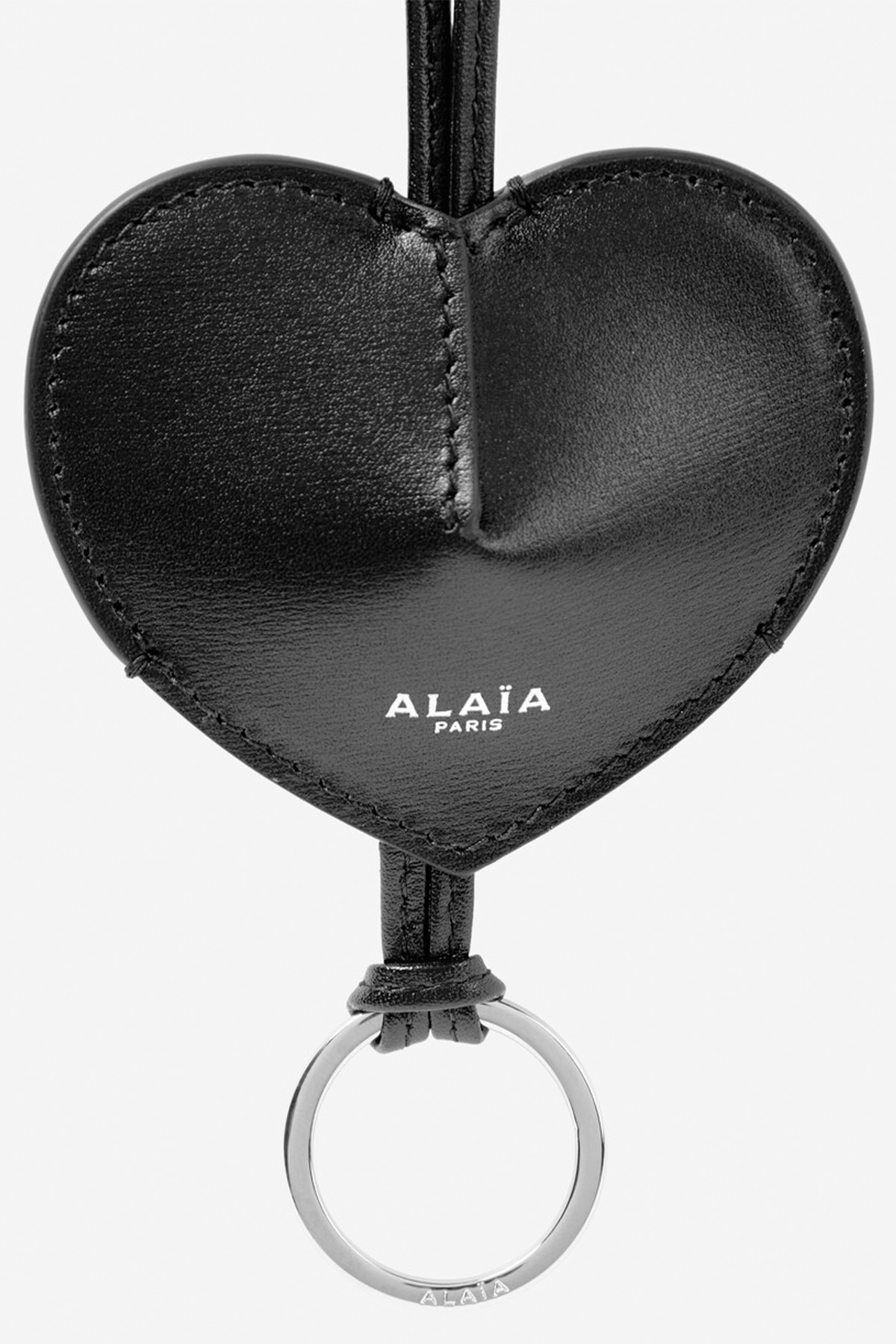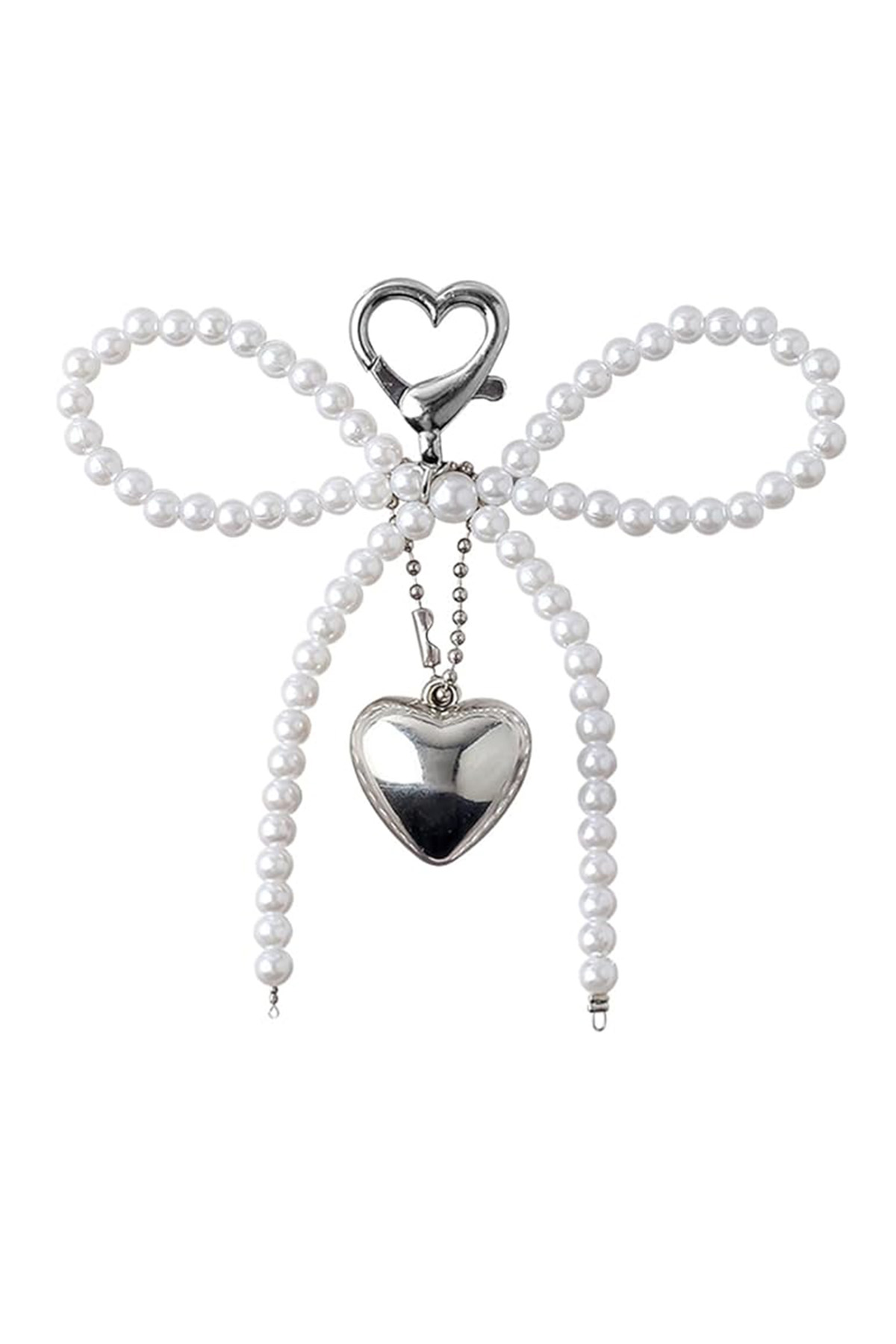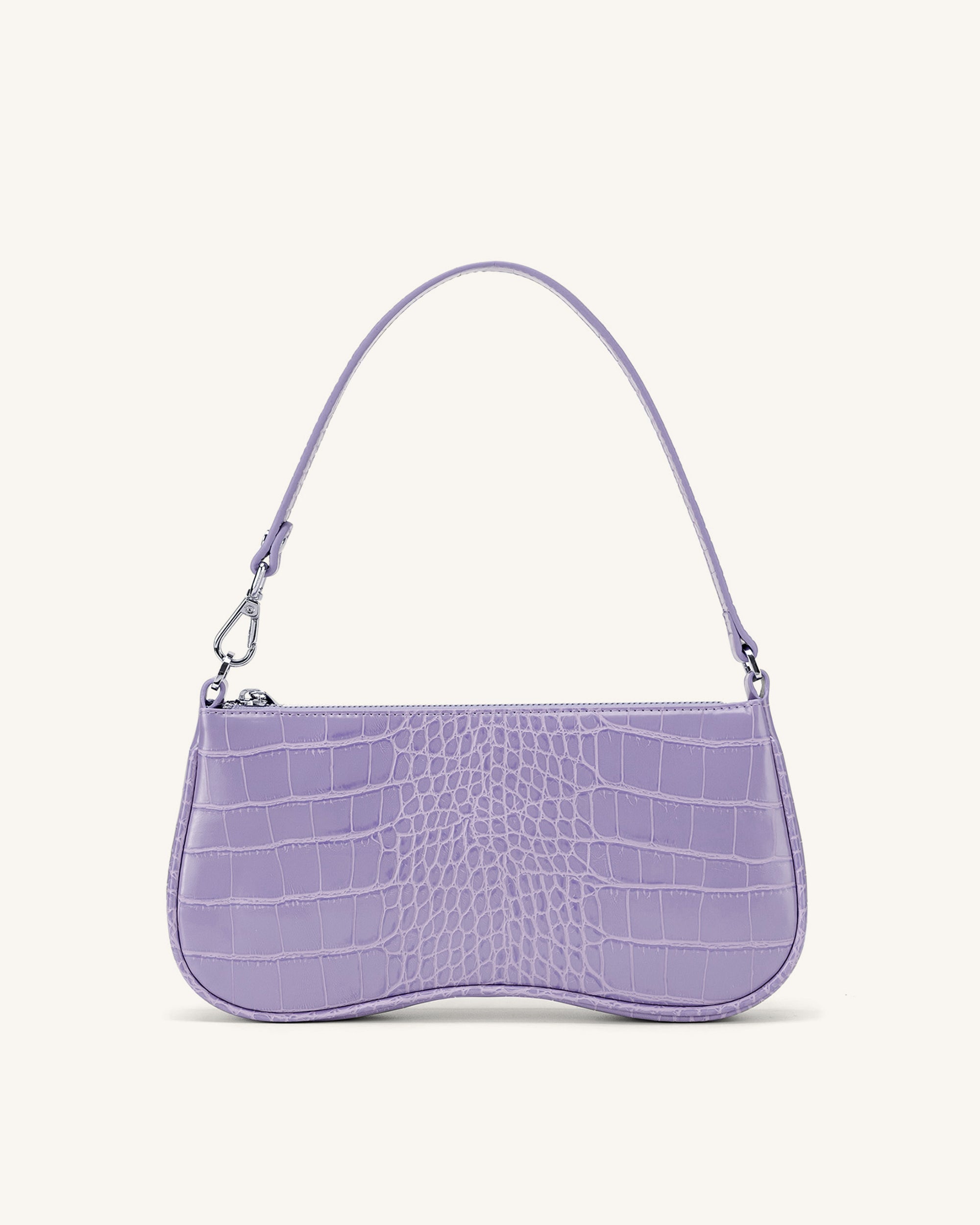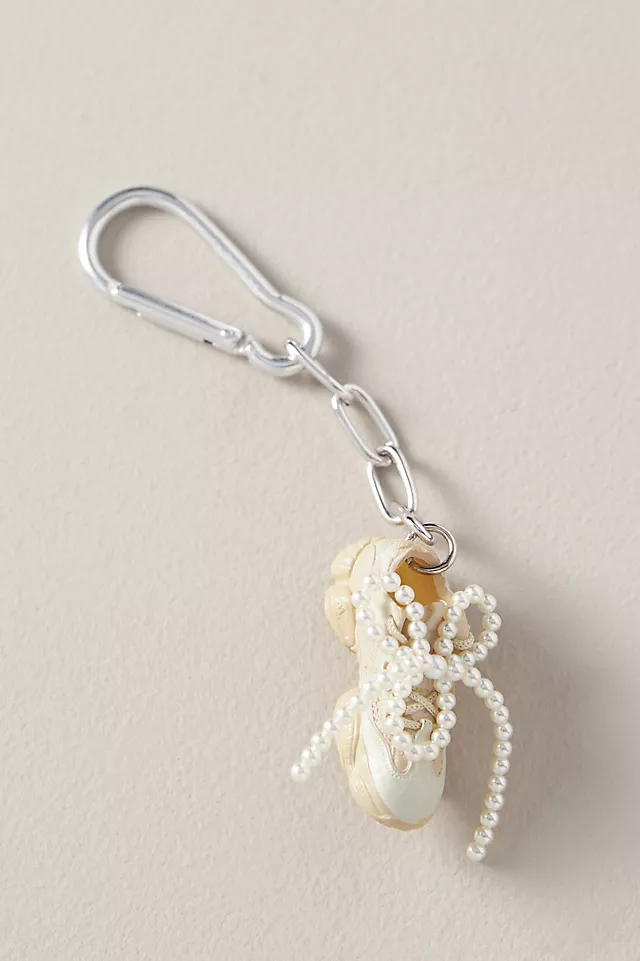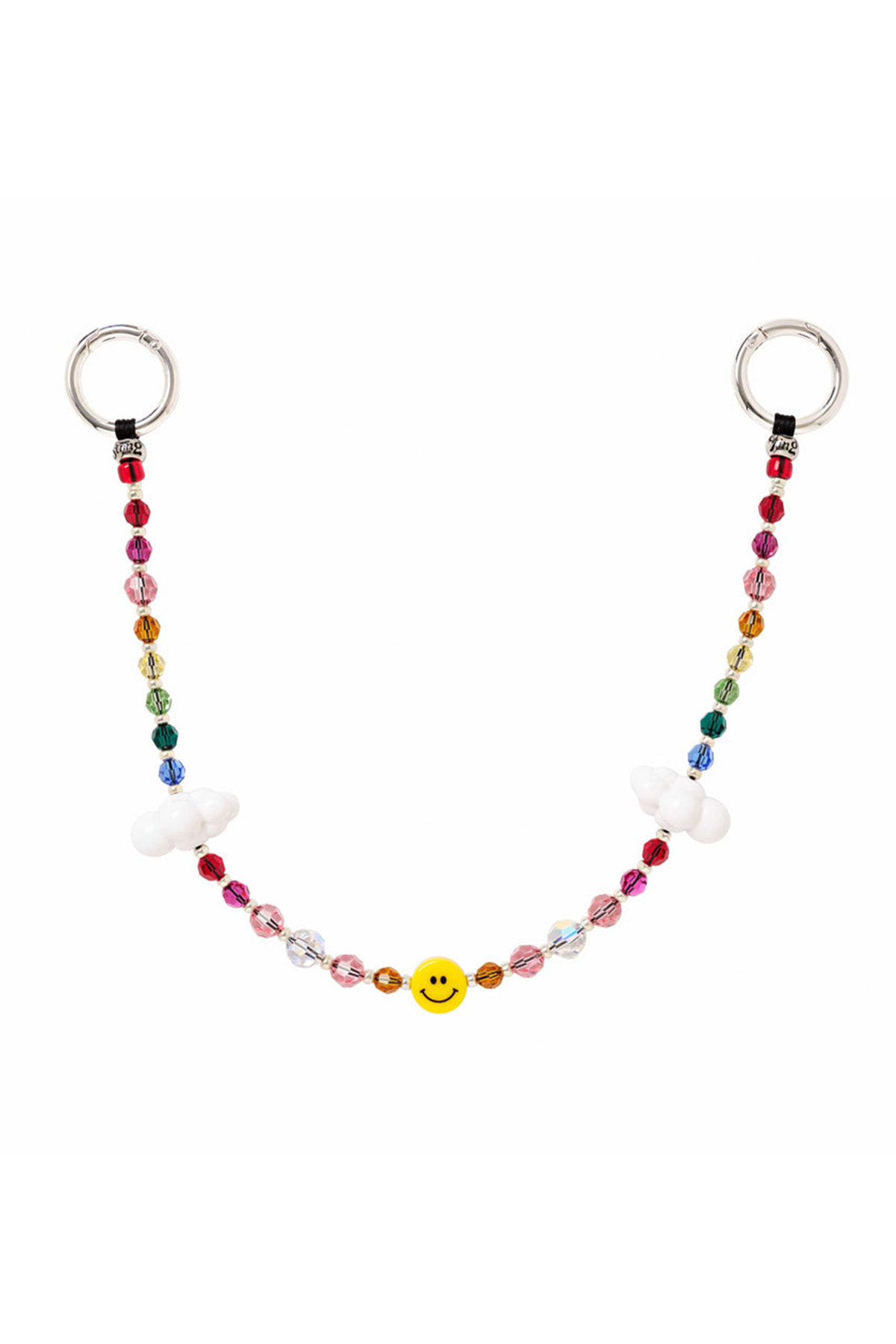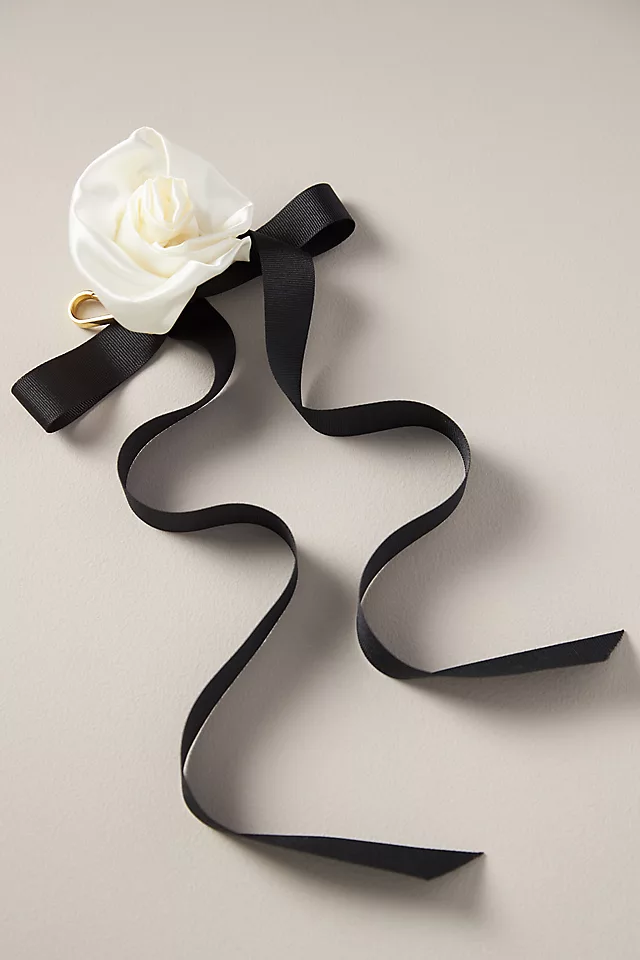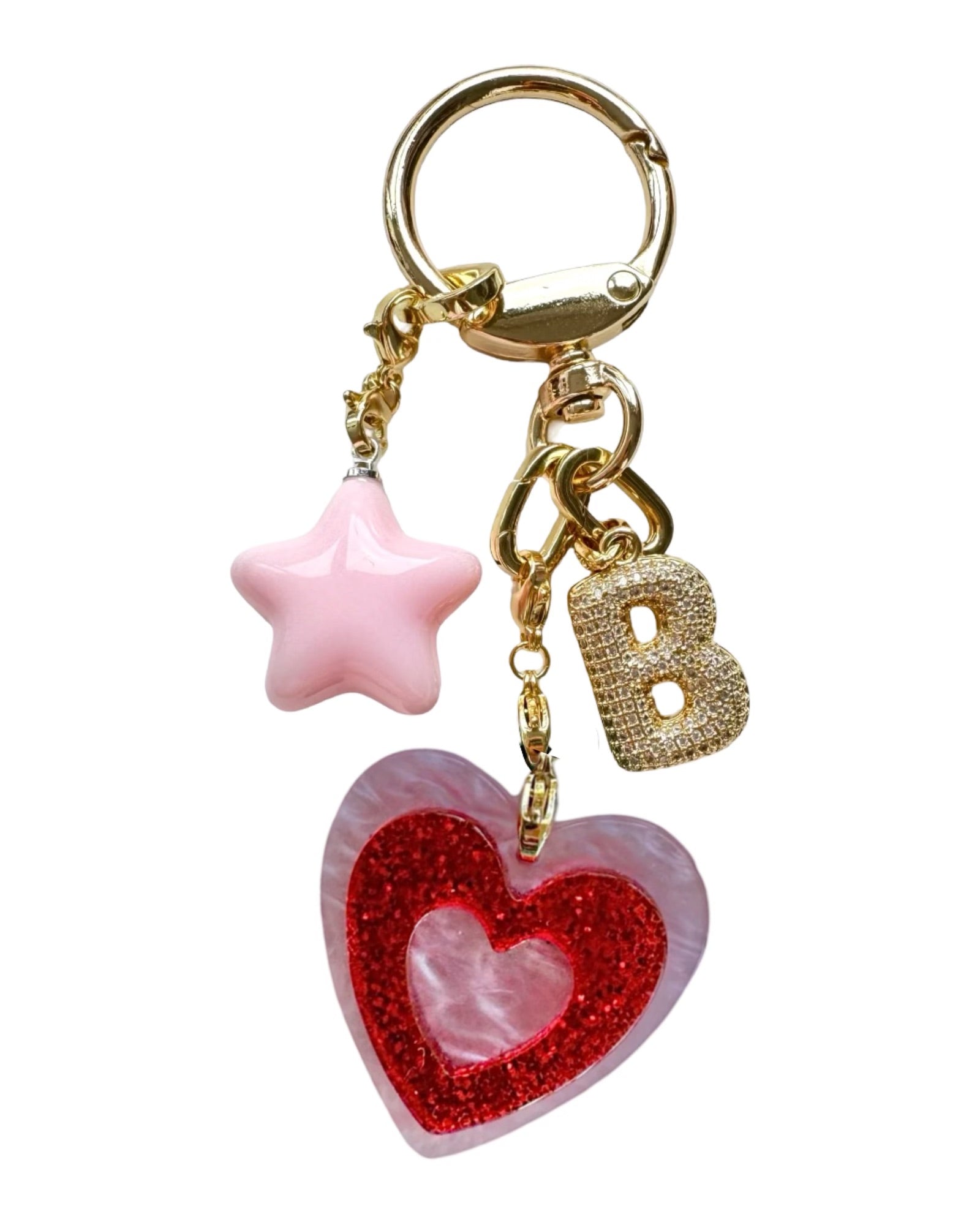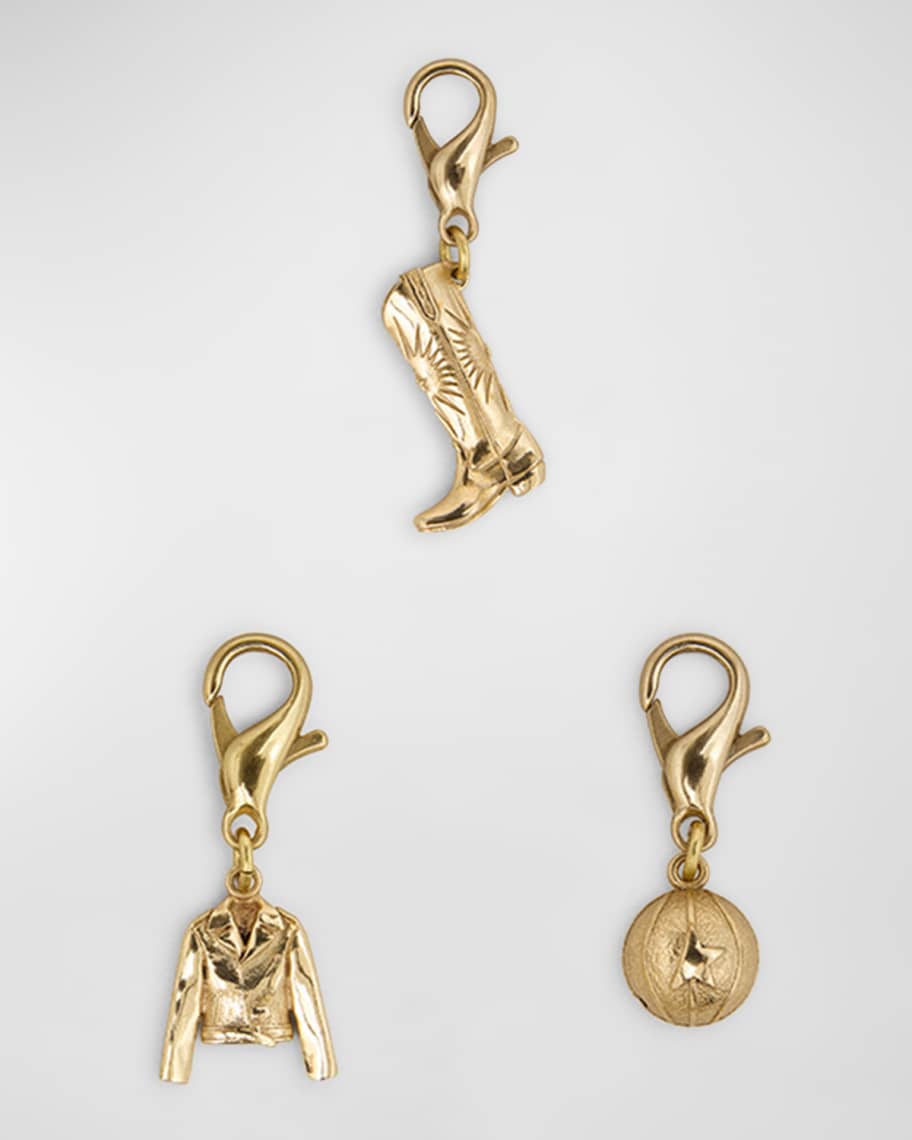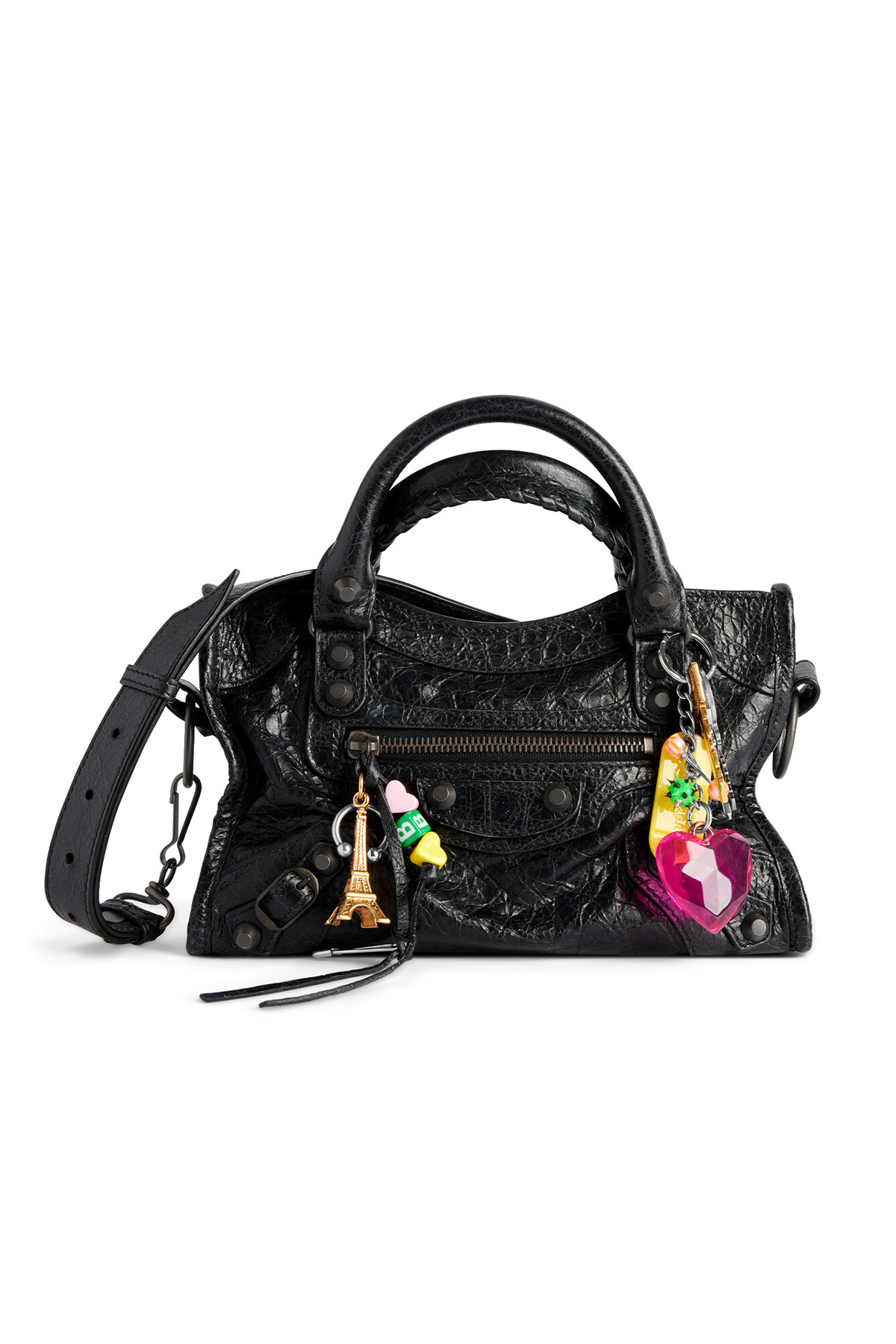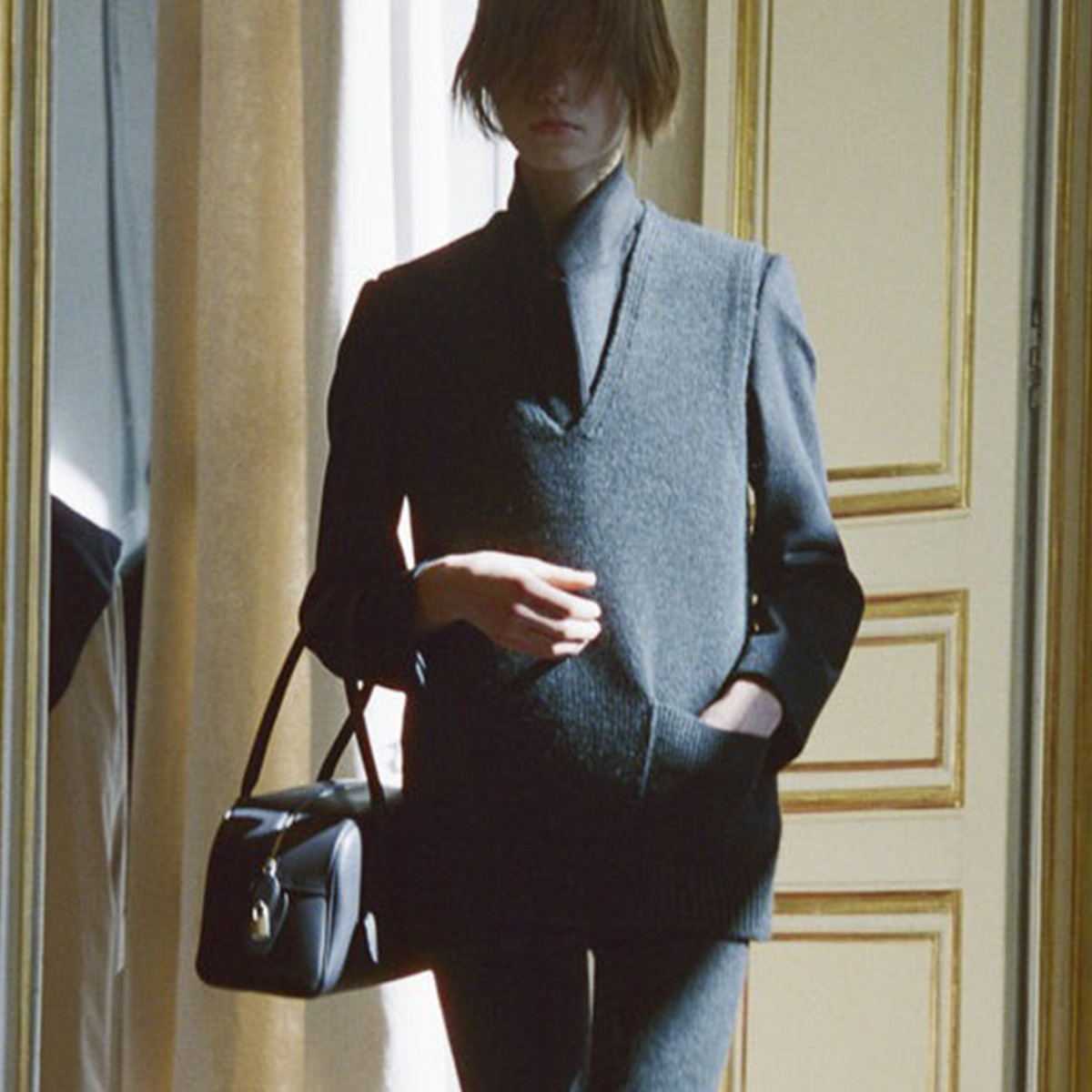The Accessory Micro-Trend Making a Big Comeback in Copenhagen, Paris, and NYC
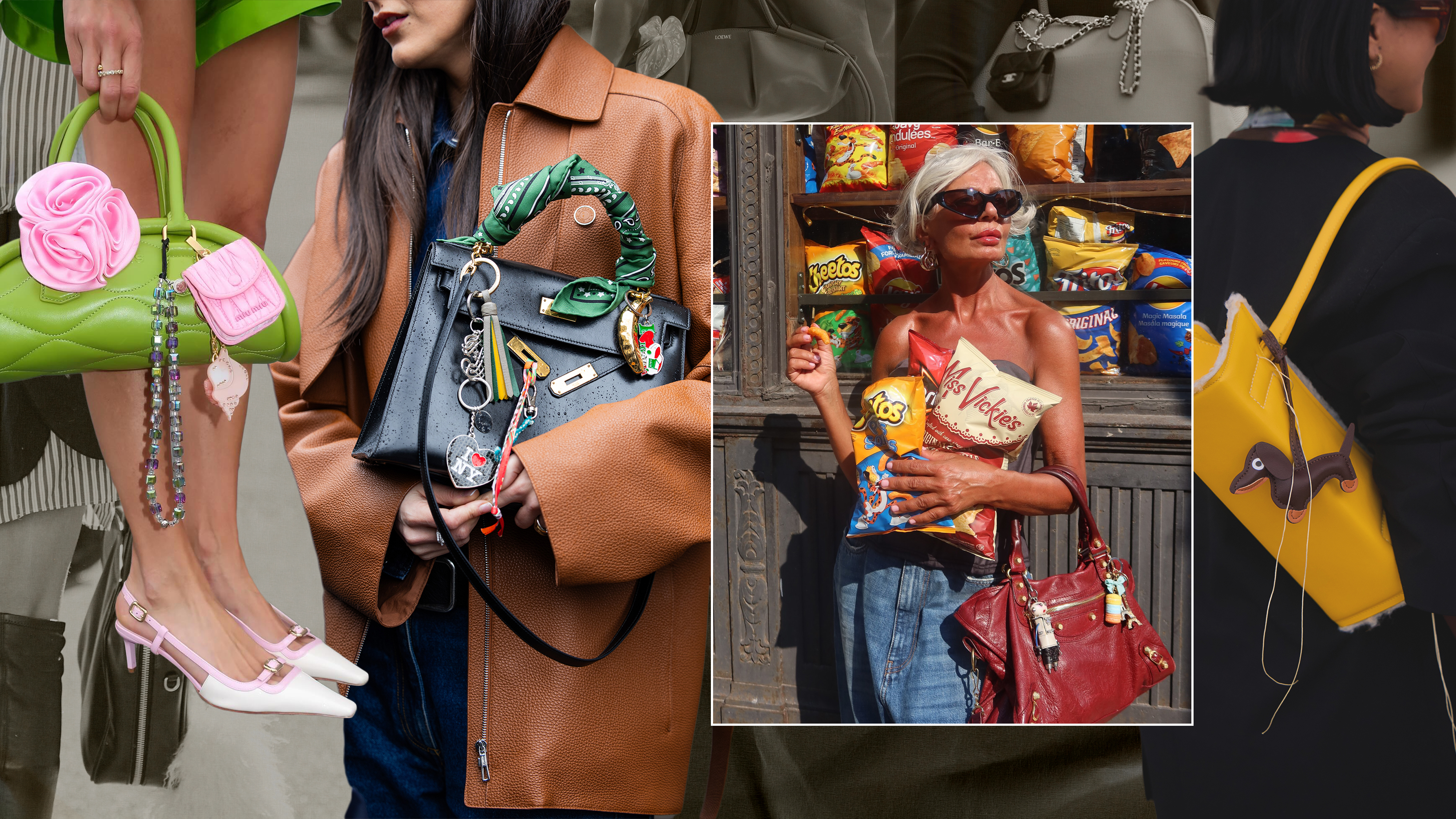
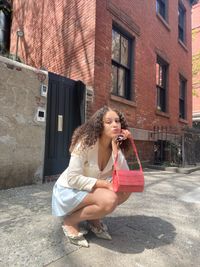
It's time to stop ignoring the signs. Bag charms are back, baby! Like it or not, we've seen this micro-trend stage a huge comeback on the runway, on the streets, and even online. While it might be easy to pass off bag charms as a silly way younger people can tap into nostalgia surrounding '00s and '10s fashion, there's actually more to the story. You have to keep in mind that all trends exist in the context of everything that came before them, including bag charms. From a historical standpoint, purses have always acted as a visible indicator of social standing, social values, and personal style—that's also true with bag charms.
Although small, bag charms have served as an indicator of society's shifting relationship with luxury. There's no better example of that than this current moment, which shows us that the return of this trend is a microcosm of what's happening in culture. With the rise of the quiet luxury movement, we've seen a mass movement toward minimalism, which has been incredible to witness because we all should be investing in staples for the long term. In the silence, however, we've also come to feel that our focus on the basics has left our style feeling, well, basic. Luckily, the bag-charm trend is ready to fill that void. If you're not sold on why you should be covering the surface of your purse with charms, keep reading.
From the Archives
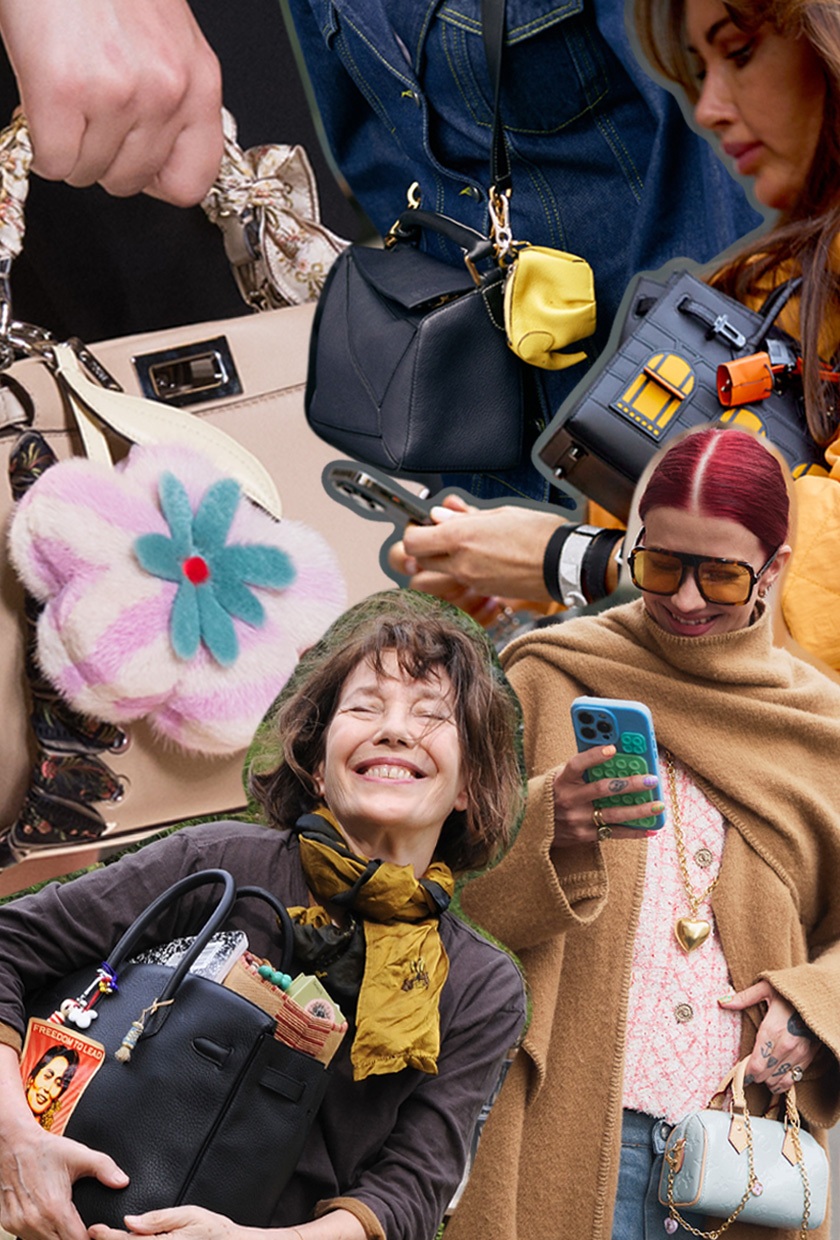
Bag charms didn't drop straight out of the coconut tree; they've existed for centuries. Historians have widely observed that it was common for people to attach trinkets and talismans to their bags in many ancient civilizations. Bag charms were a way to signify their social class or even a means of spiritual protection. It wasn't until the start of the 21st century that we began to see this trend take on new meaning. Bag charms shifted from being a footnote in the historical margins to being a significant part of the culture—primarily driven by runway collections and style icons.
More specifically, bag charms would not be nearly as popular as they are today without Jane Birkin. The late actress didn't just inspire the Hermès Birkin bag. She turned accessorizing it into a movement. Her signature way of styling her Hermès bag—often overstuffed and covered in silk scarfs, jewelry, stickers, and charms—became so loved that it shifted society's view of luxury then. Fashion became less about buying the buzziest bag of the season and more about personal style, which was most apparent on the runways themselves.
On the Runways
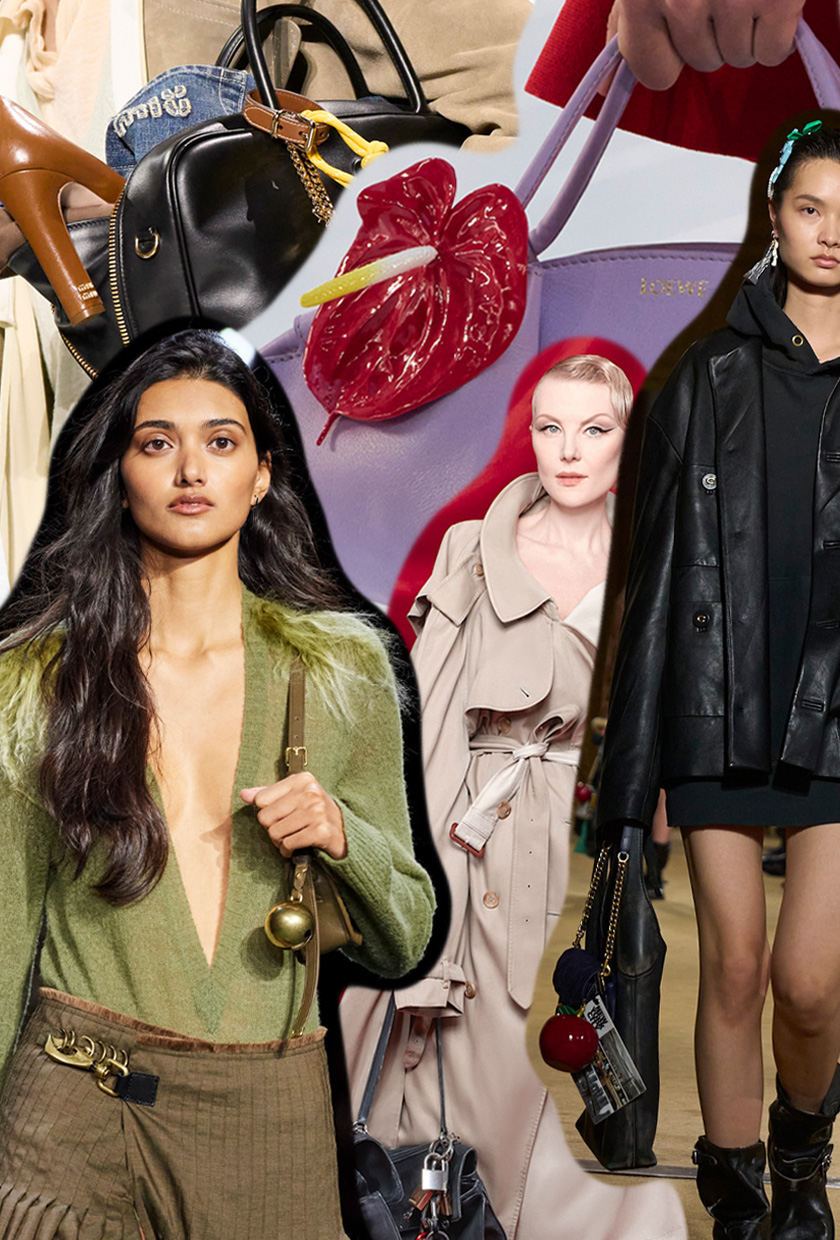
One of the first brands to jump on the bag-charm bandwagon was Hermès. The atelier released the equestrian-inspired Rodeo charms in 2005, which became widely popular overnight. Subsequently, other fashion houses followed suit. For example, Fendi showcased furry monster charms in its F/W 13 collection. There was a time when furry bag charms were inescapable. They were spotted on every star in the 2010s, including Kendall Jenner, Olivia Palermo, and Jennifer Lopez. We might be finally past that awkward stage in the trend, but bag charms themselves aren't done growing. In the last few years, we've seen them slowly evolve into something that feels brand-new.
While most might attribute this accessory's massive growth to Miu Miu's S/S 24 collection (its runway show was brimming with overstuffed bags covered in charms), I'd argue that the seed was planted much sooner. Even before the release of this year's collections, there were other designers embracing bag charms, most notably Loewe. In its S/S 23 collection, the iconic Paseo bag was adorned with a lifelike anthurium charm, foreshadowing this trend's inevitable growth. Loewe inadvertently tapped into what defined this trend from the beginning—letting our lives inspire our luxury goods rather than the other way around.
On the Streets
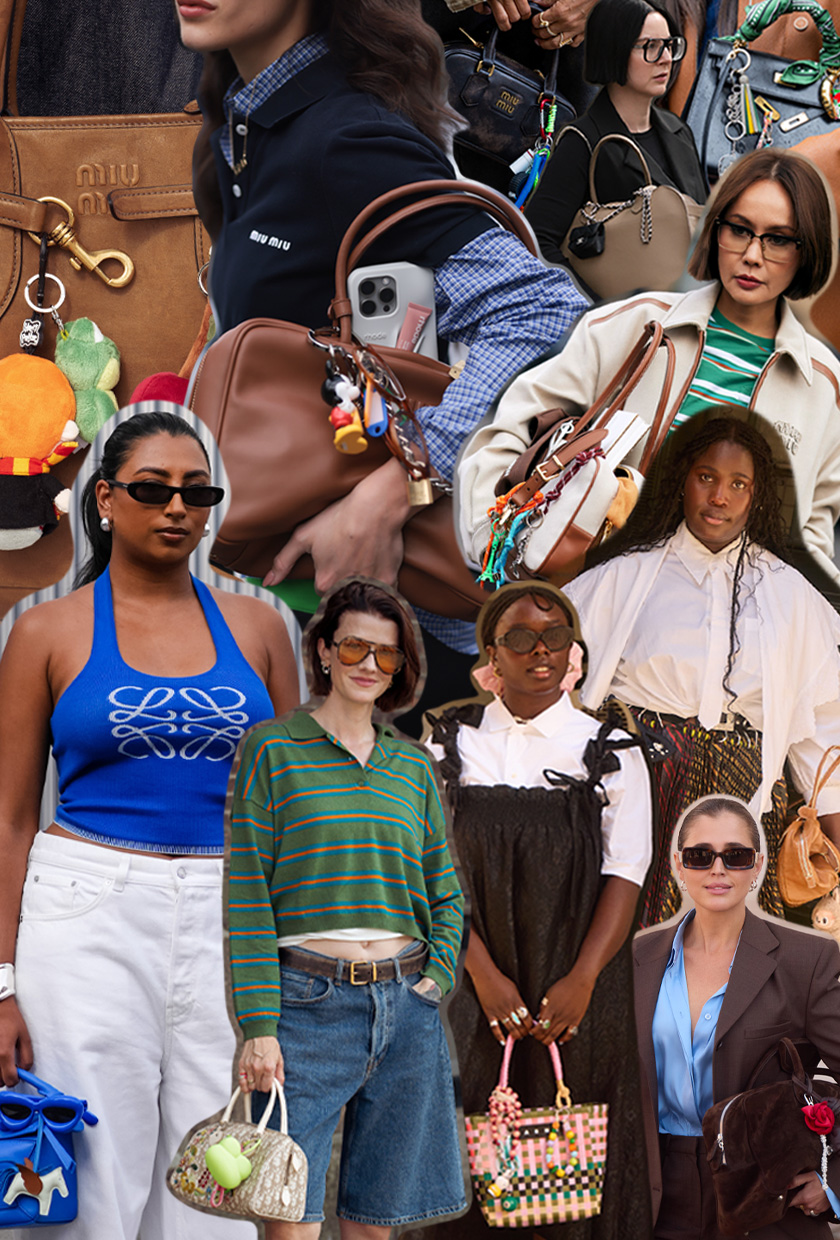
That ethos has been embodied in even more recent examples of the trend, including Coach's F/W 24 collection. The show featured oversize leather carryalls and quilted shoulder bags adorned with coffee mugs and pretzel-shaped charms, all inspired by New York City. By drawing inspiration from the world around them to create their bag charms, designers have captured the attention of a global audience. Already, we've seen the style set rush to personalize their purses, and Pinterest has reported a 240% jump in searches for bag charms. On TikTok, users have begun to refer to the trend as "Jane Birkin–ifying" their bags. That's all online, not even taking into account how we've already seen so many street style images from Copenhagen, Paris, Milan, London, and New York featuring bag charms.
Basically, there's a lot of buzz surrounding bag charms right now, but it's all well-founded, in my humble opinion. With so many online conversations about luxury fashion championing a minimal and sometimes dull approach to style, this accessory has offered us a much-needed break. The mere act of trying to decenter what's impersonal in lieu of something that speaks to one's personal style takes courage—accessories allow us to do that in small steps. Sure, we may never fully be able to escape the overwhelming desire to shop for new trends and buzzy items, but charms carve out a space for us to make those things our own.
Shop the Trend
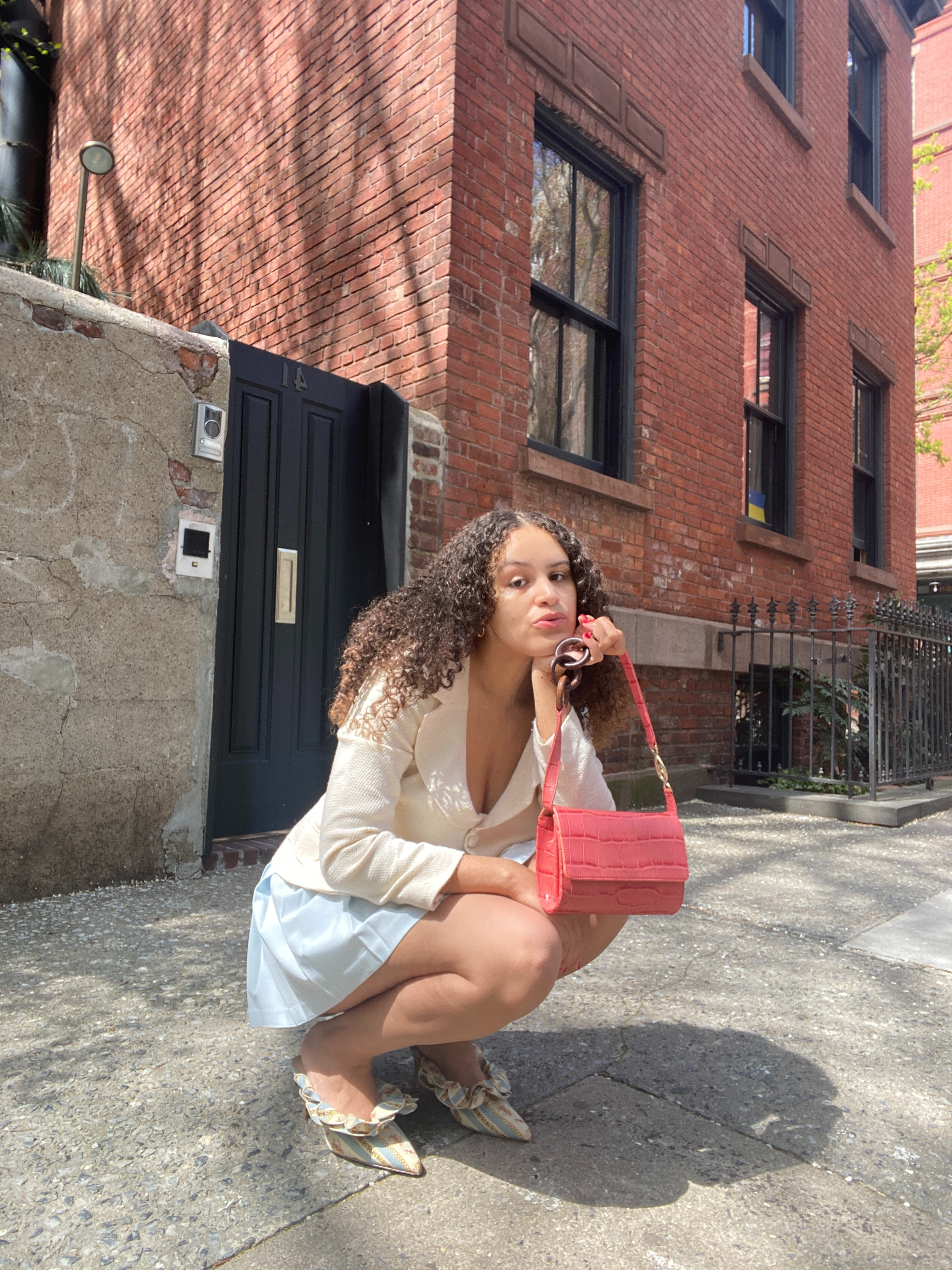
Jasmine Fox-Suliaman is a freelance writer and editor living in New York City. What began as a pastime (blogging on Tumblr) transformed into a lifelong passion for unveiling the connection between fashion and culture on the internet and in real life. Over the last decade, she's melded her extensive edit and social background to various on-staff positions at Who What Wear, MyDomaine, and Byrdie. More recently, she’s become a freelance contributor to other publications including Vogue, Editorialist, and The Cut. Off the clock, you can find her clutching her cell phone as she's constantly scrolling through TikTok and The RealReal, in search of the next cool thing.
-
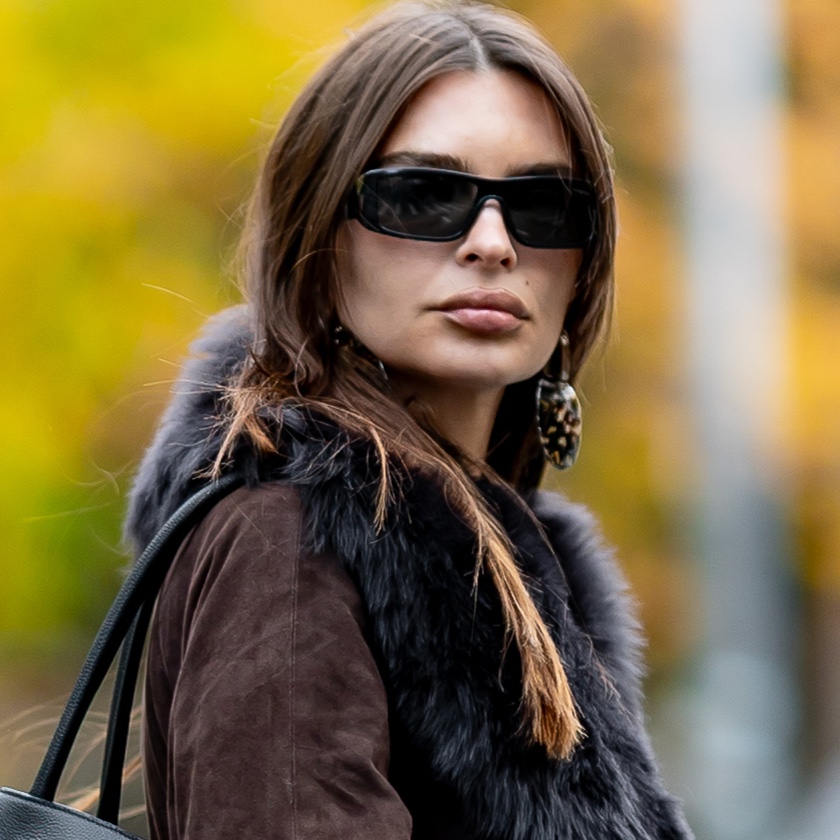 Spotted in NYC: Emily Ratajkowski Using the $695 It Bag Fashion People Can't Get Enough Of
Spotted in NYC: Emily Ratajkowski Using the $695 It Bag Fashion People Can't Get Enough OfA fall outfit worth re-creating.
-
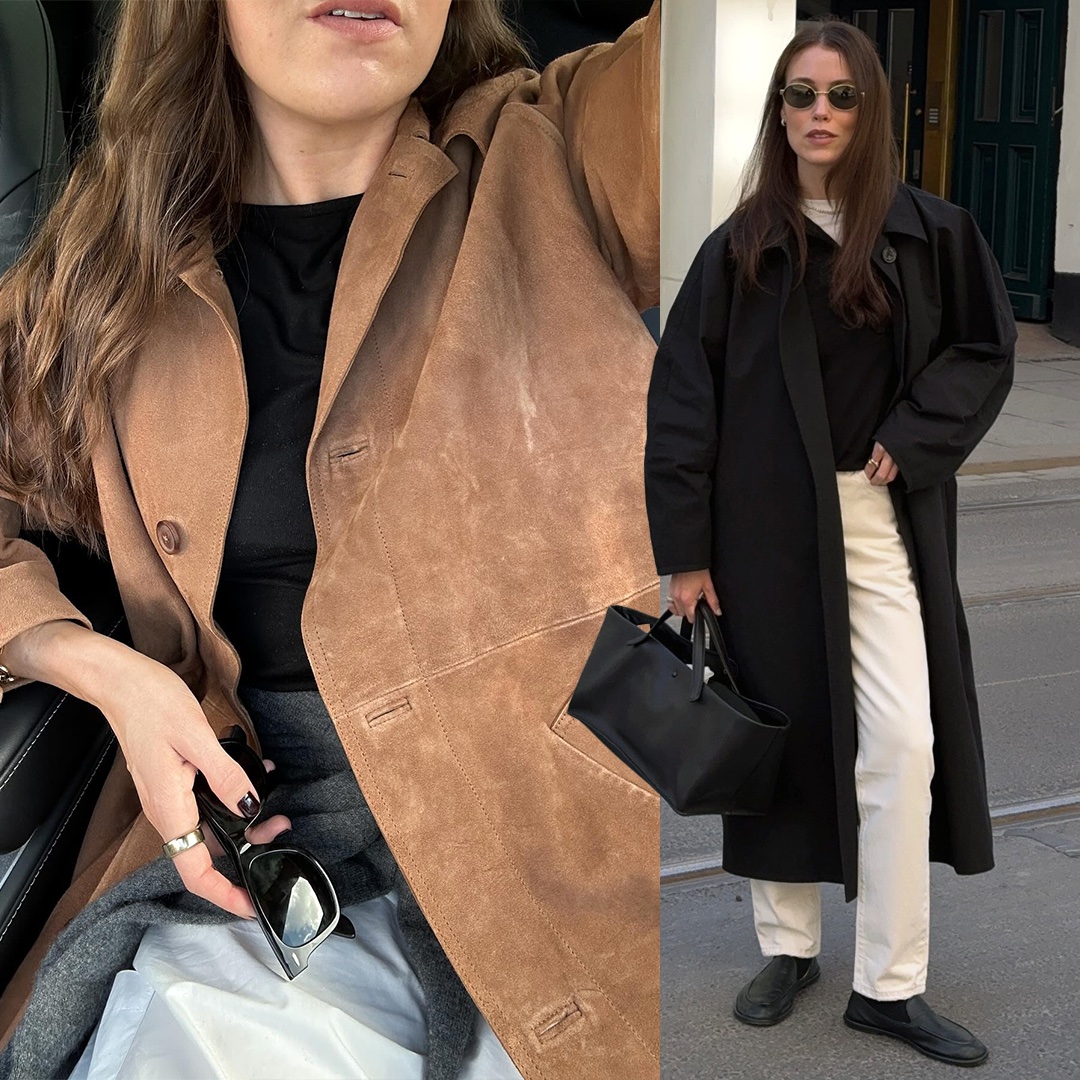 My Mom Only Shops Affordable Fashion—I Sent Her These 27 Chic, Rich-Looking Nordstrom Finds
My Mom Only Shops Affordable Fashion—I Sent Her These 27 Chic, Rich-Looking Nordstrom FindsEverything is under $150.
-
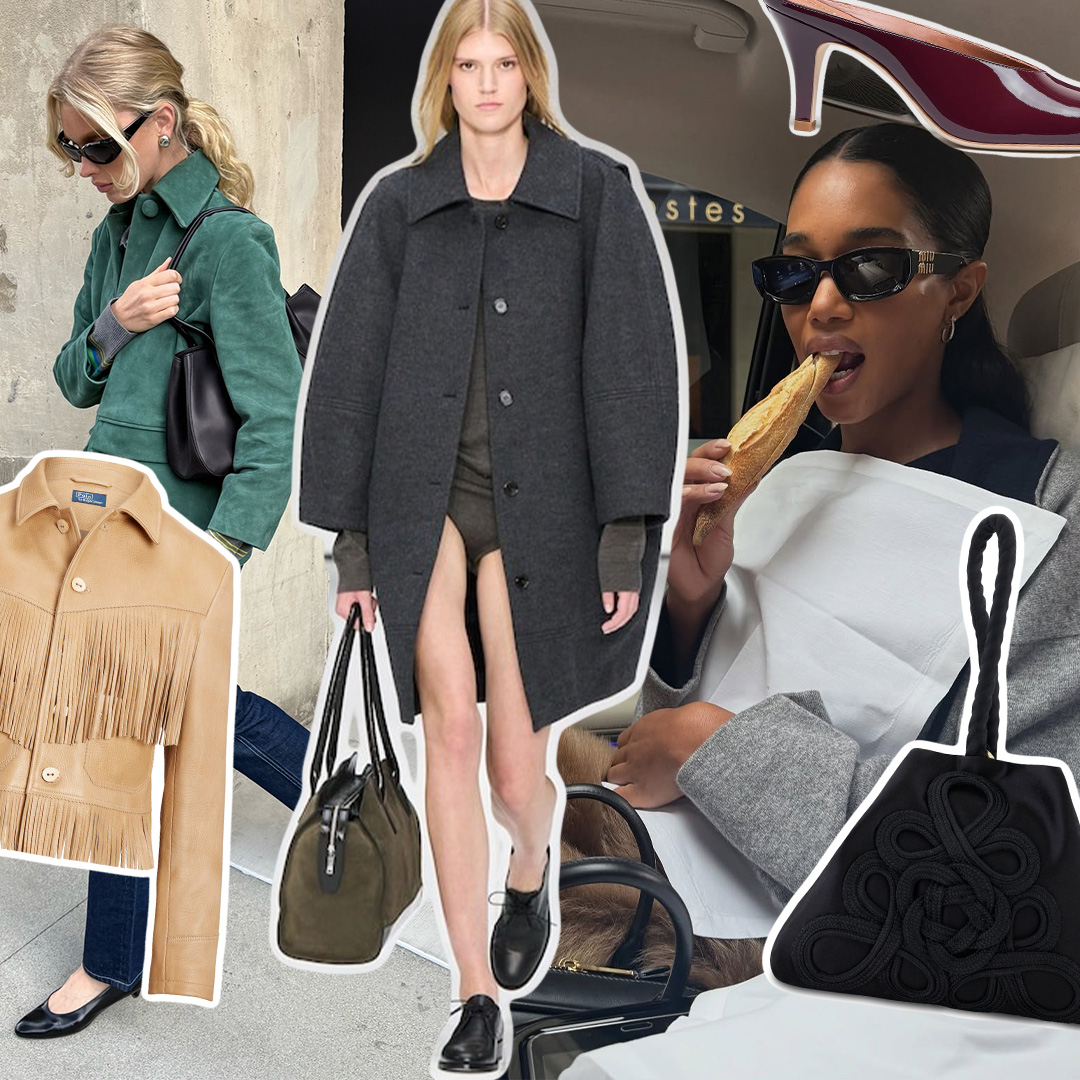 The 30 Items Set to Define Winter 2025 Fashion
The 30 Items Set to Define Winter 2025 FashionWhat to buy before the temperatures drop.
-
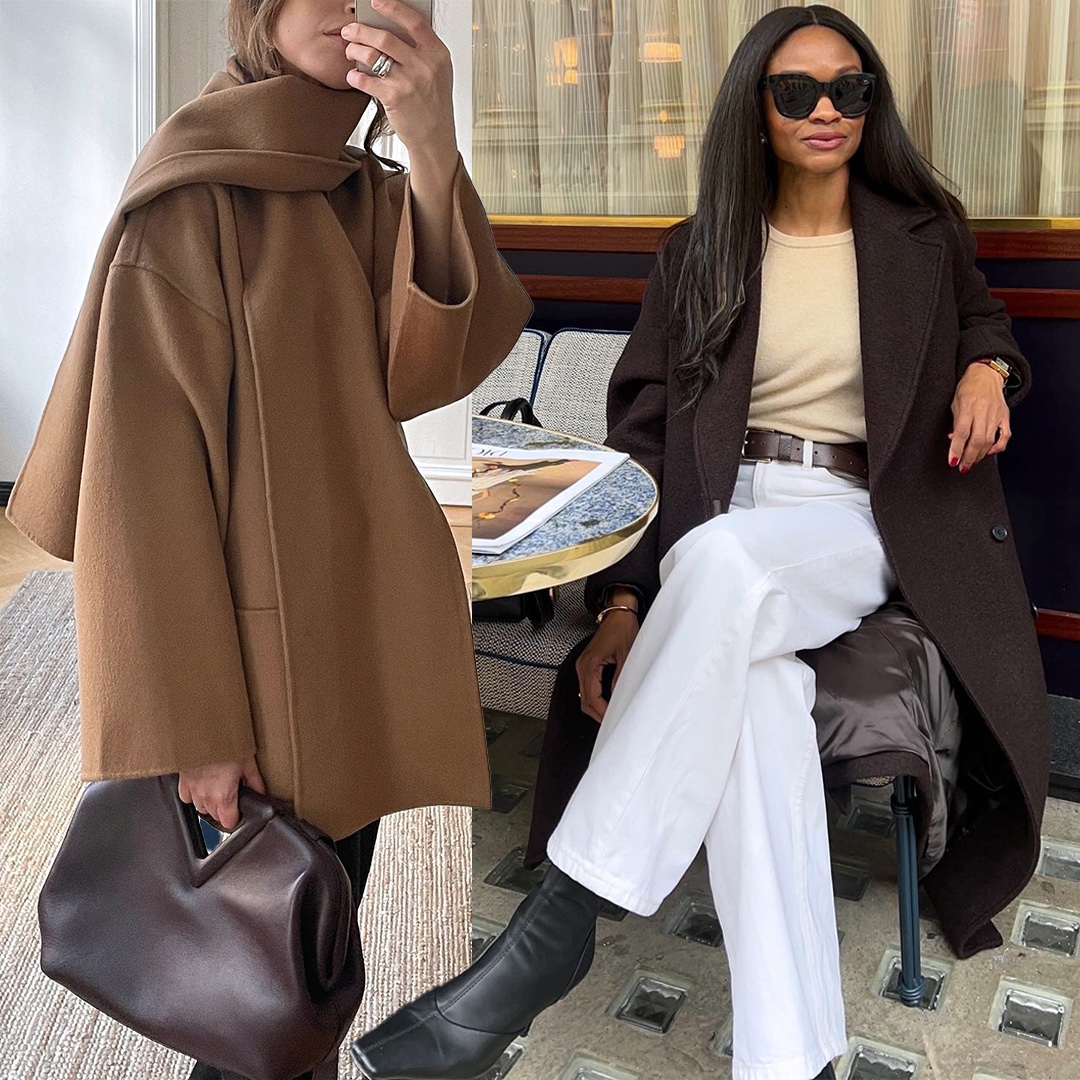 I'm a Senior Shopping Editor—29 Pieces I'm Eyeing Ahead of Black Friday That Will Get You Envious Stares and Compliments
I'm a Senior Shopping Editor—29 Pieces I'm Eyeing Ahead of Black Friday That Will Get You Envious Stares and ComplimentsThese are guaranteed to elevate your wardrobe.
-
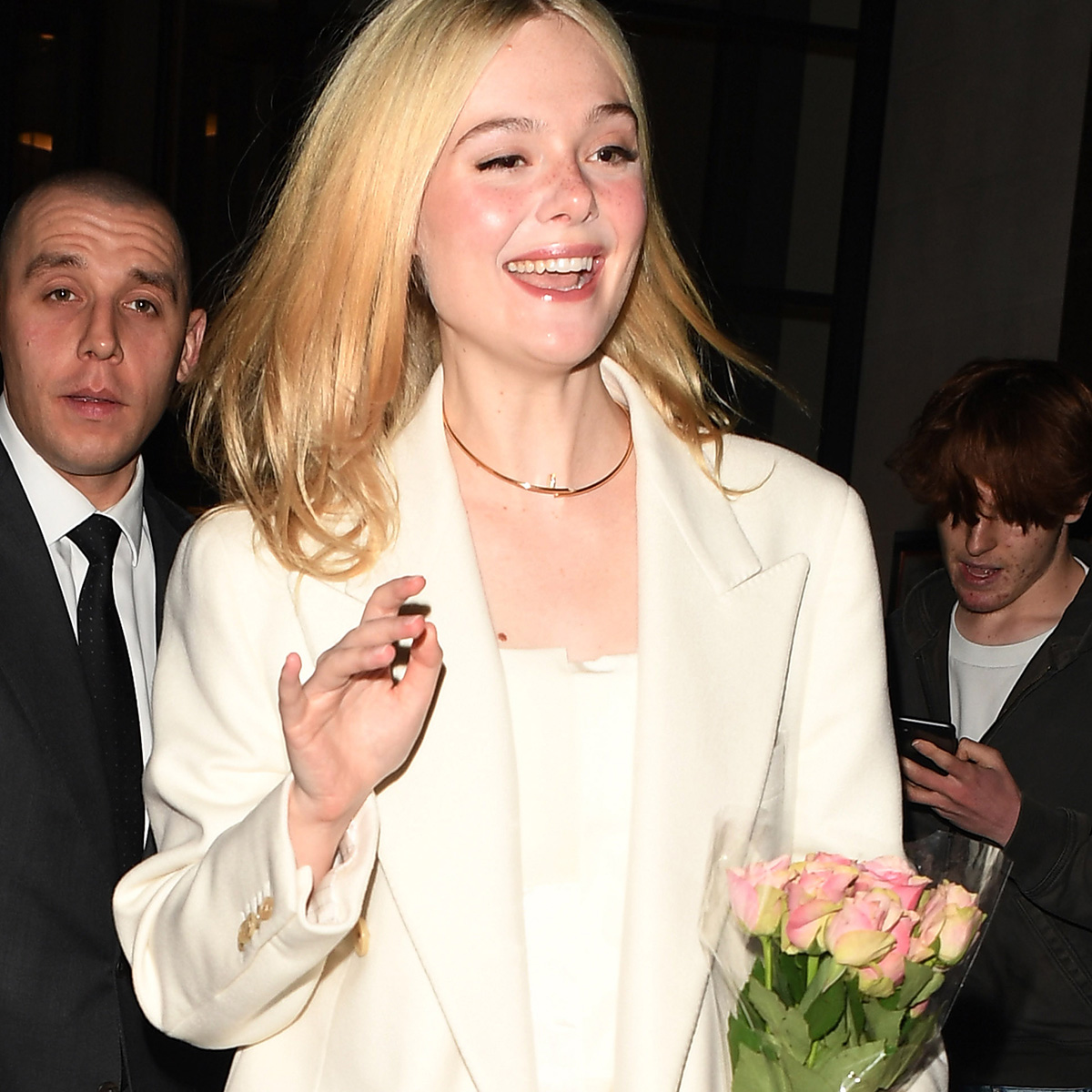 Sorry, Navy, Black, and Brown—This Coat Color Trend Looks Way Richer Than All of You (Combined)
Sorry, Navy, Black, and Brown—This Coat Color Trend Looks Way Richer Than All of You (Combined)Meet the winter hero item that instantly makes outfits look expensive.
-
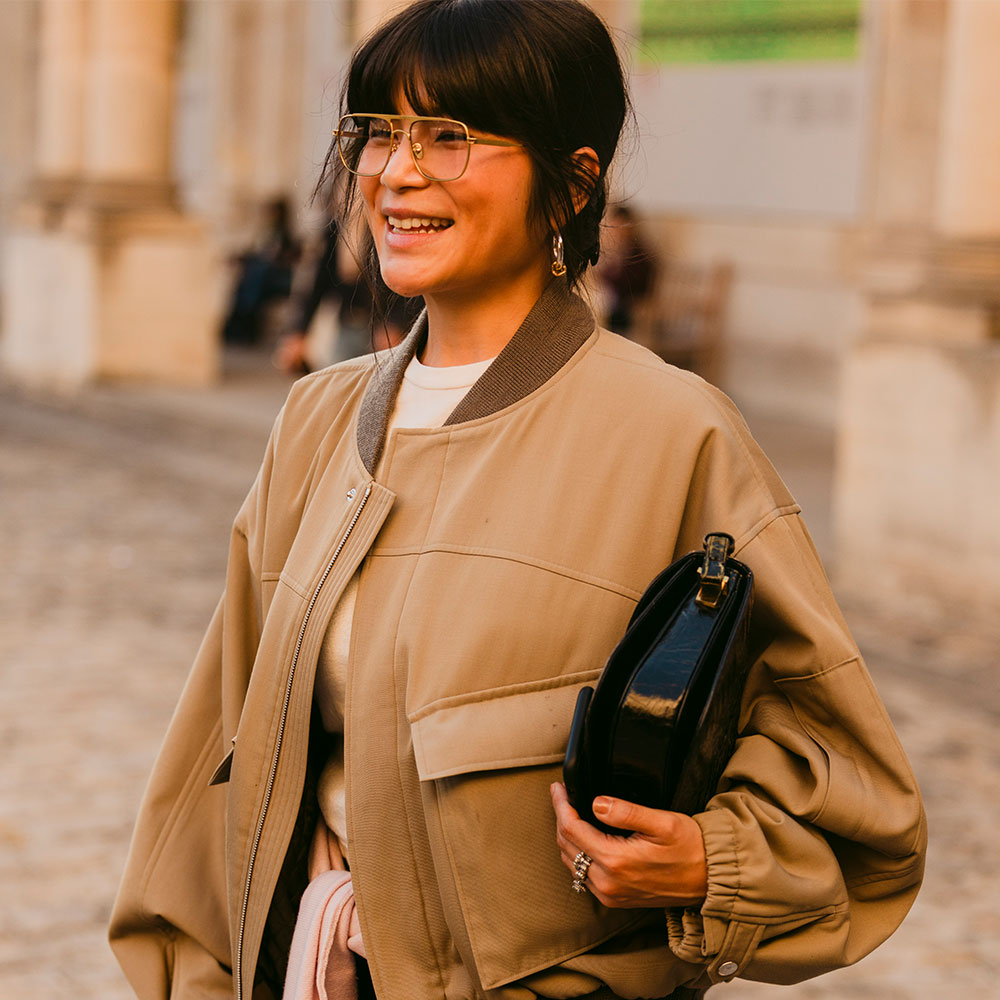 This Simple Accessory Is Hyperwearable, Practical, and Chic—Yes, the Fashion Crowd Is Into It
This Simple Accessory Is Hyperwearable, Practical, and Chic—Yes, the Fashion Crowd Is Into ItNineties minimalism and Y2K aesthetics come for your eyes.
-
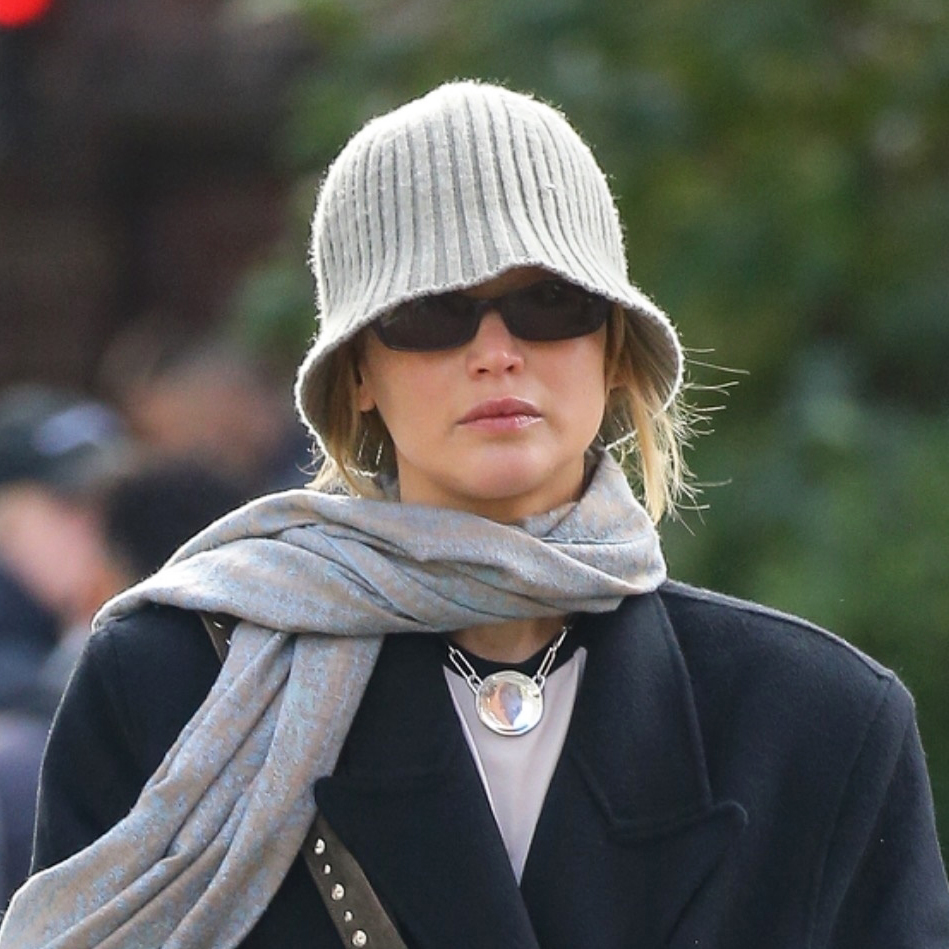 Cooler Winter Outfits Means Wearing This Pretty Bag Trend With Your Big Coat
Cooler Winter Outfits Means Wearing This Pretty Bag Trend With Your Big CoatJust give me Jennifer Lawrence's wardrobe, please.
-
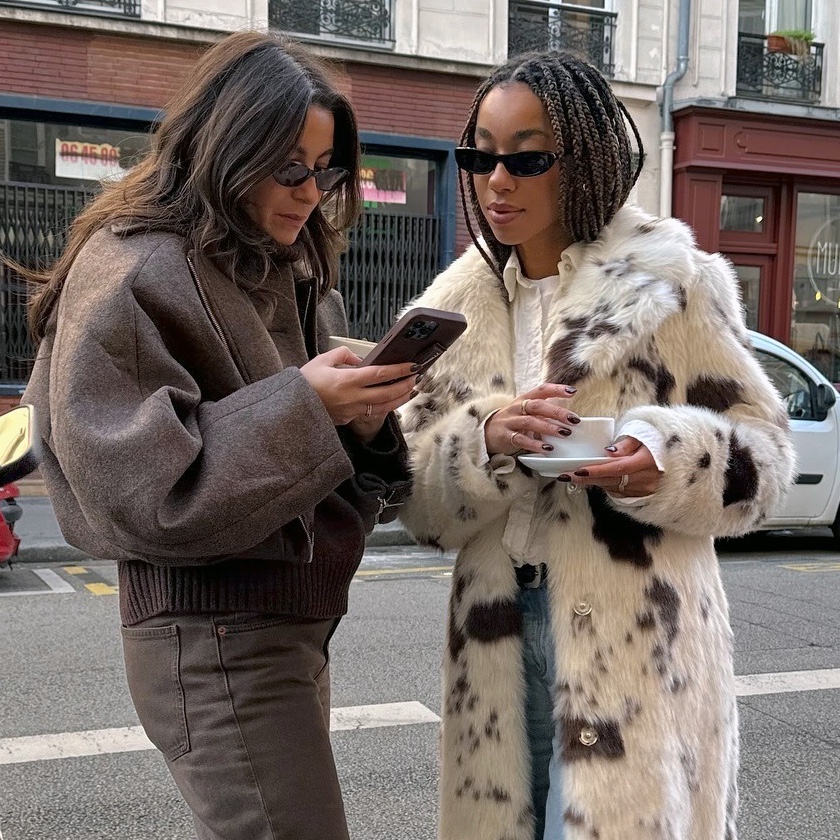 Fashionable People Would Like These Fall Trends From Shopbop's Surprise Sale
Fashionable People Would Like These Fall Trends From Shopbop's Surprise SaleSuede! Jeans! Sneakers!
